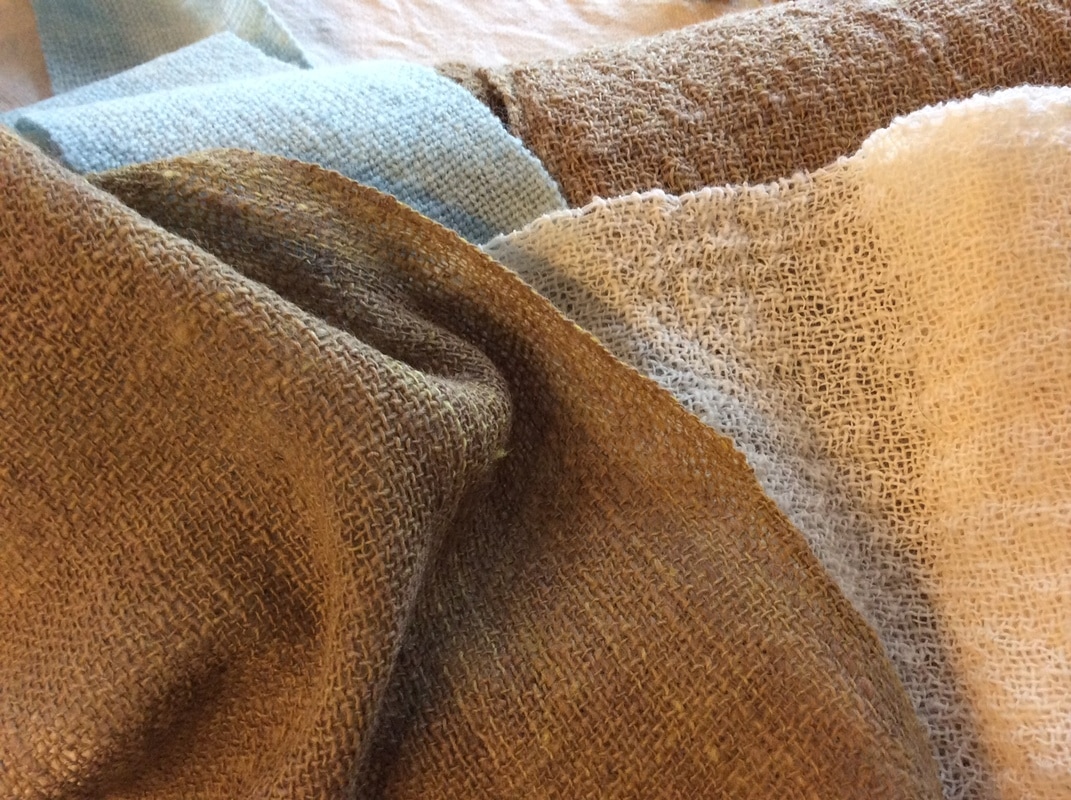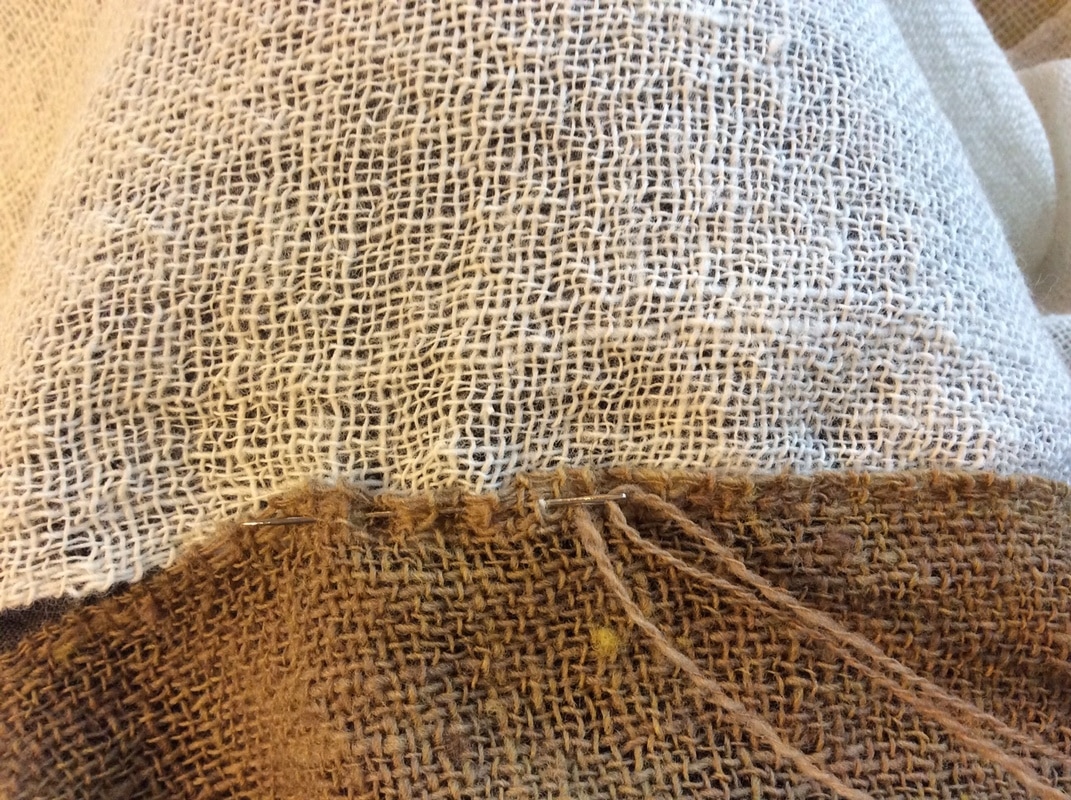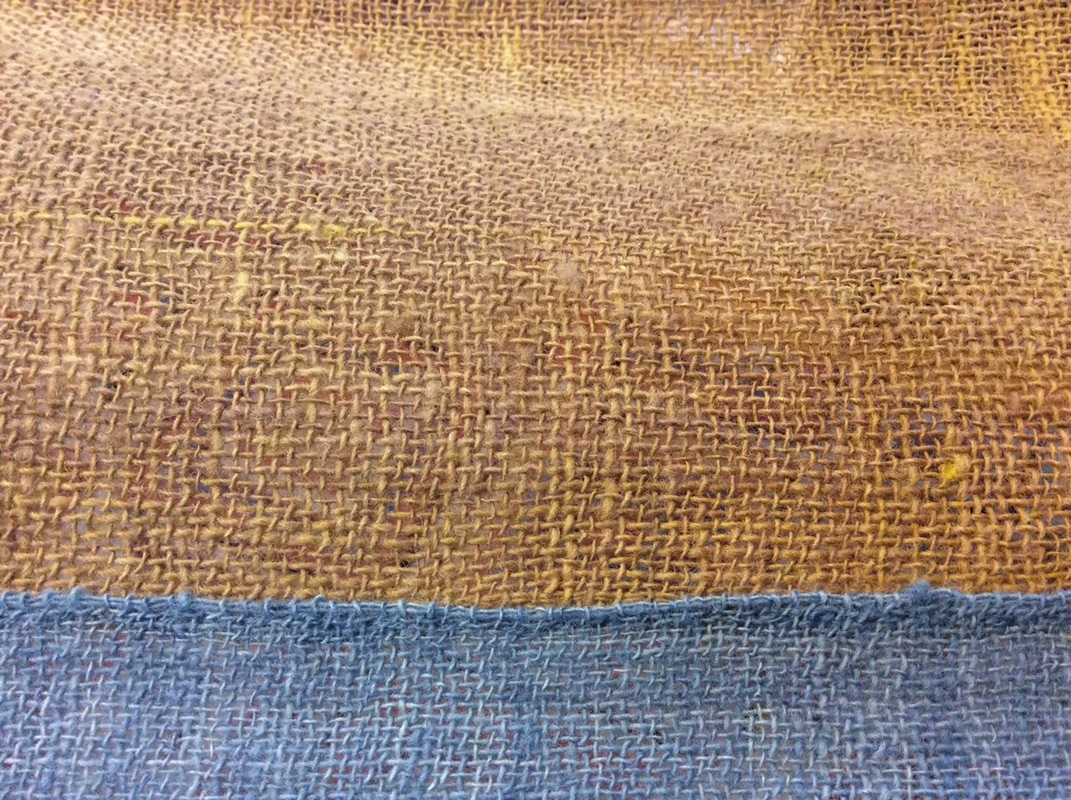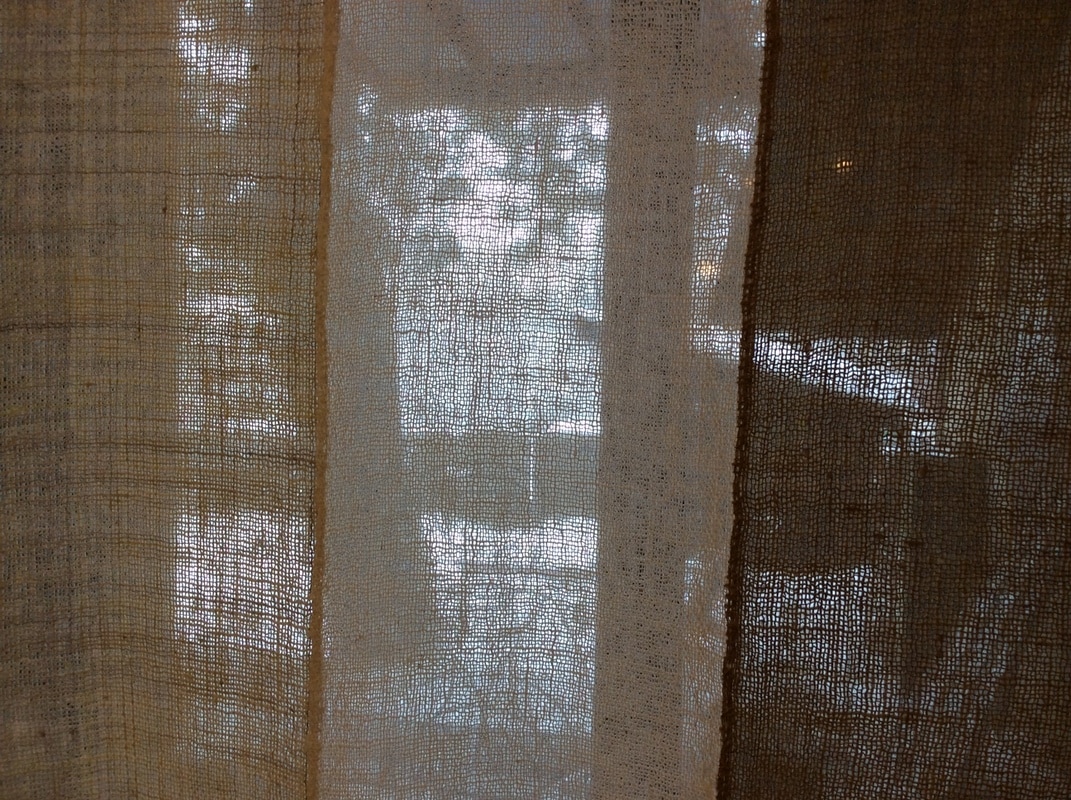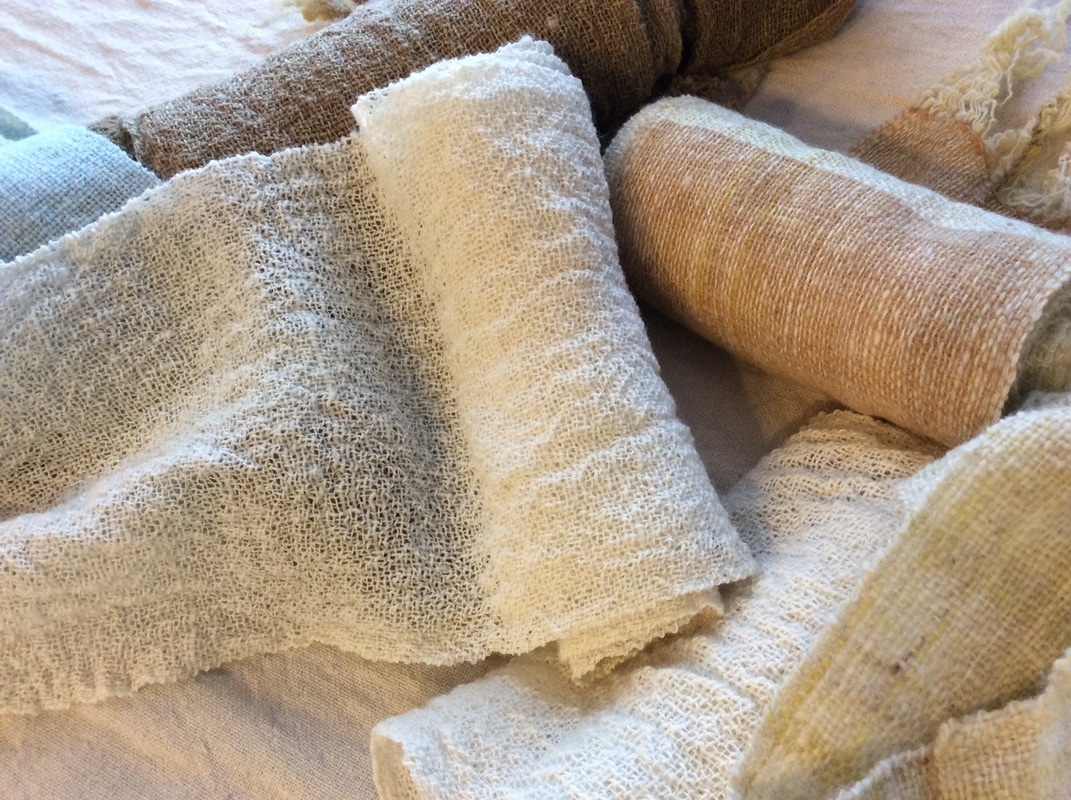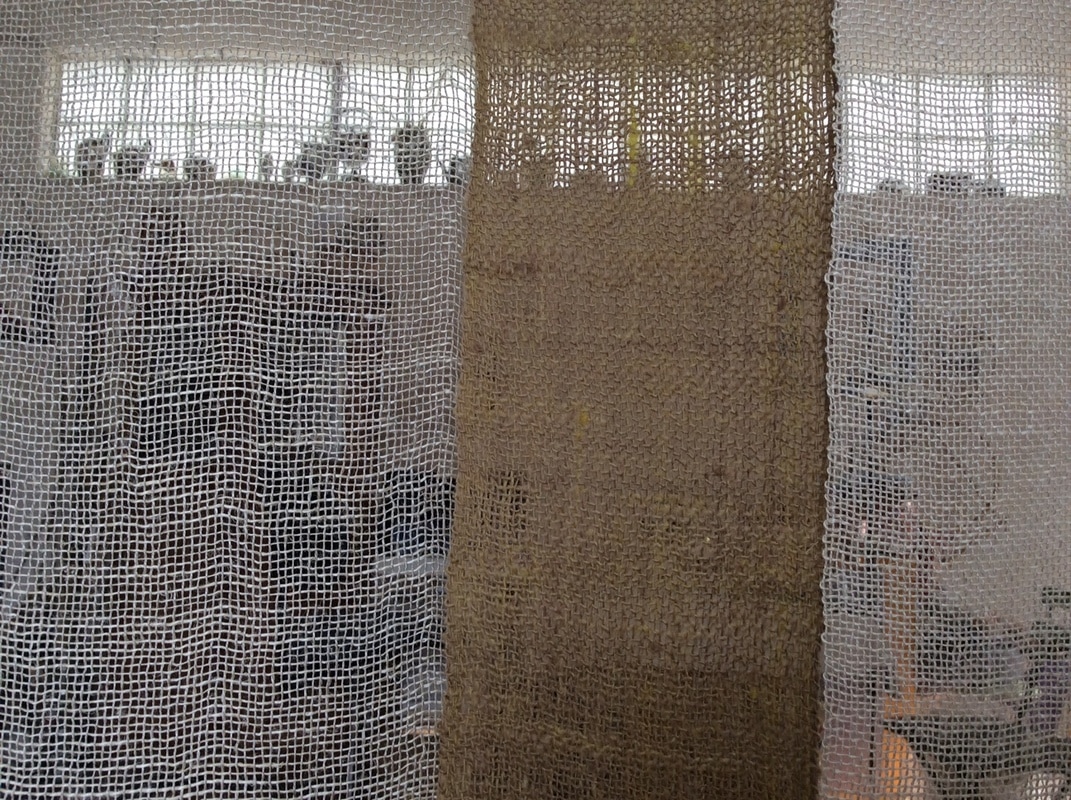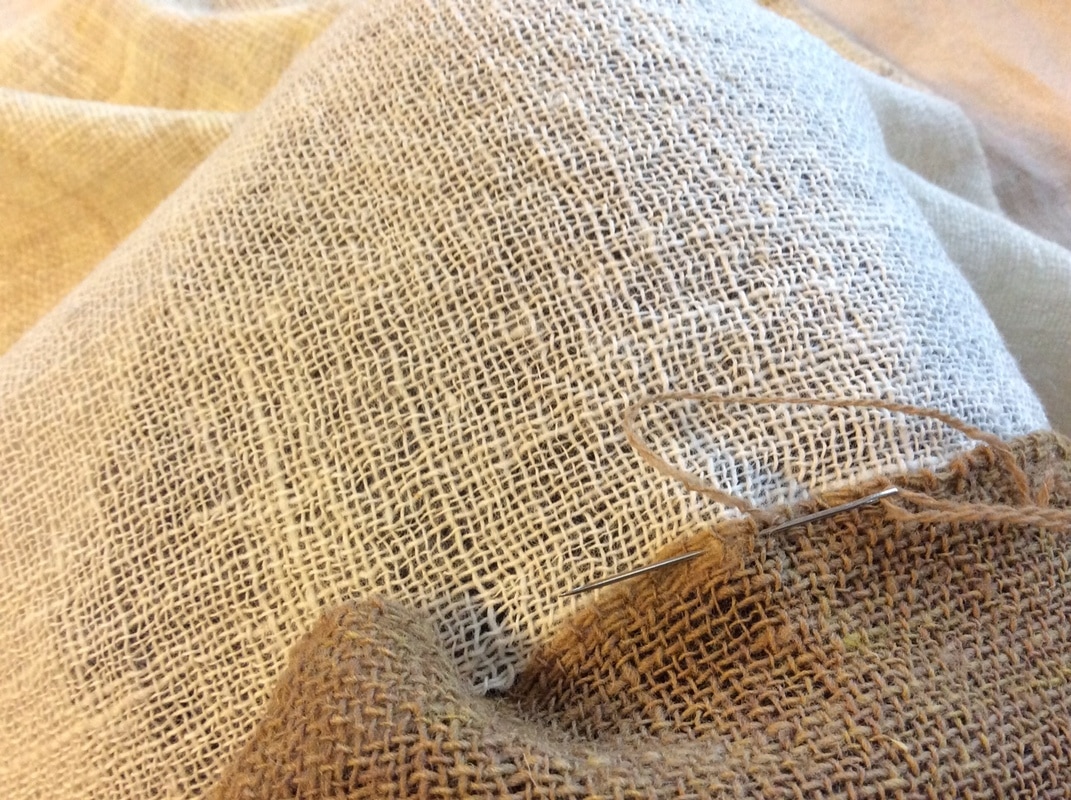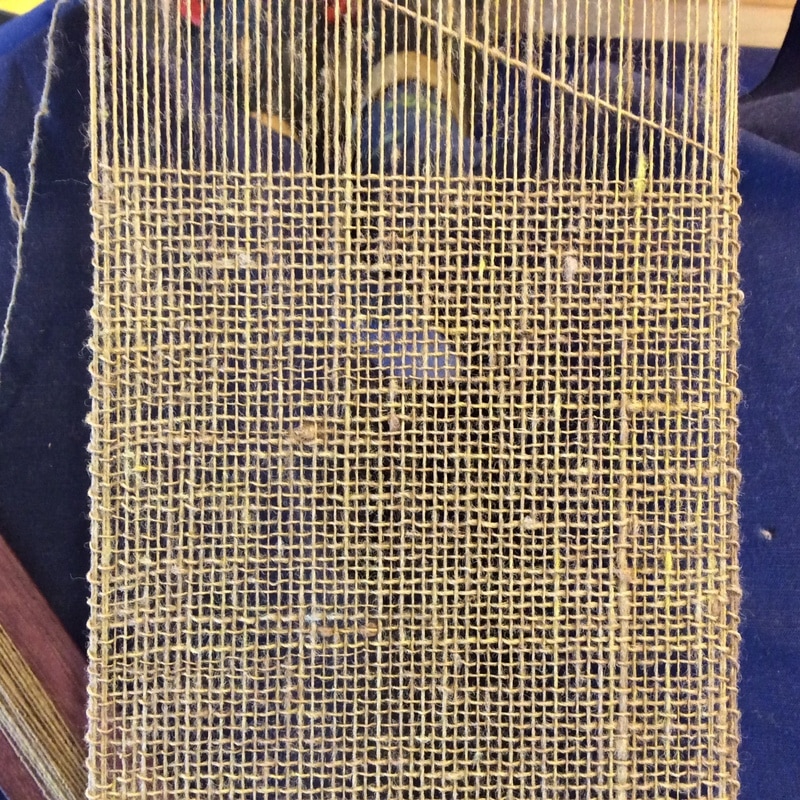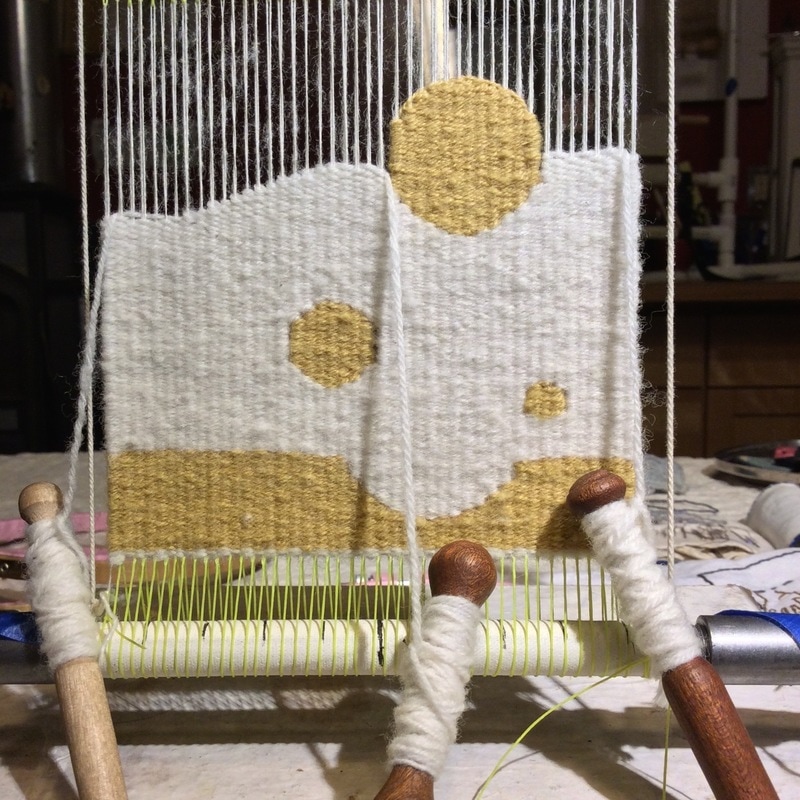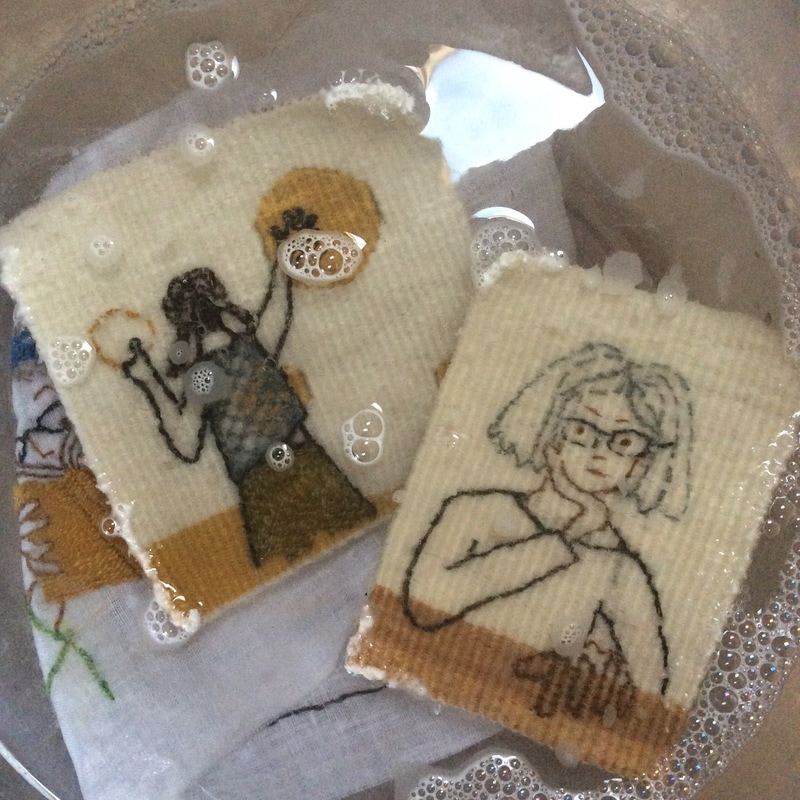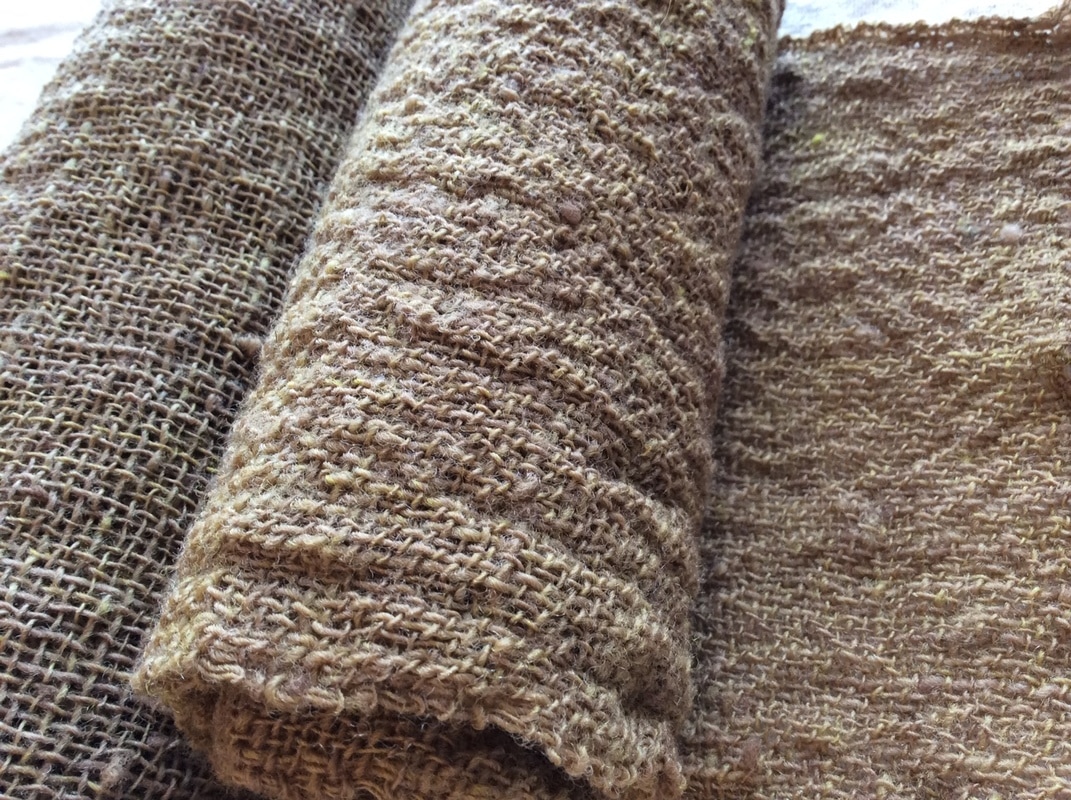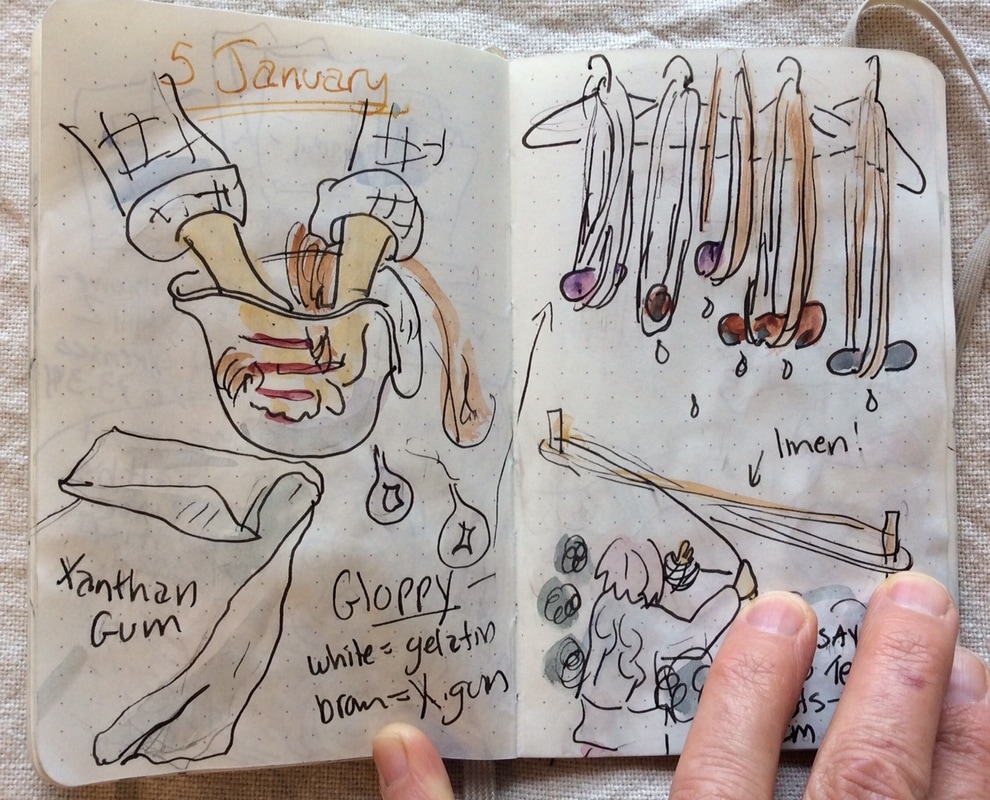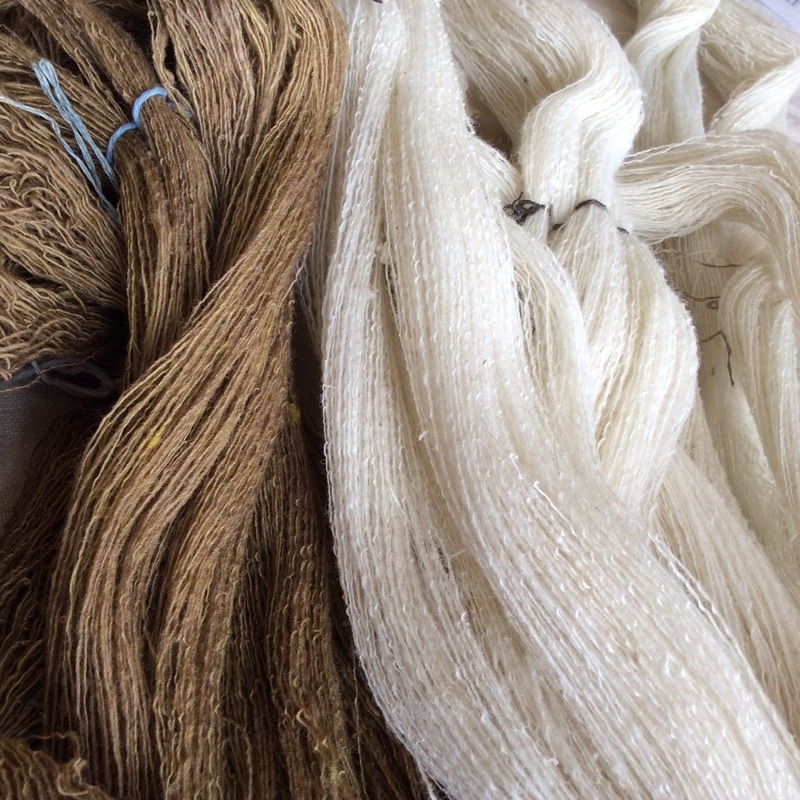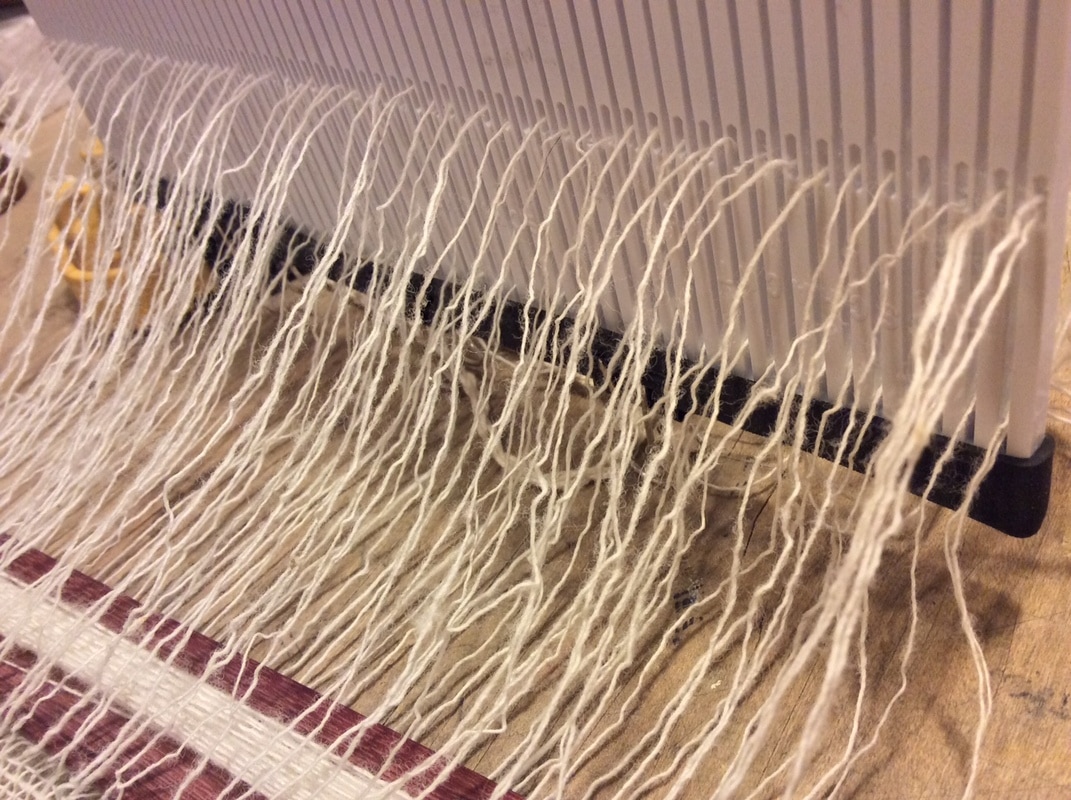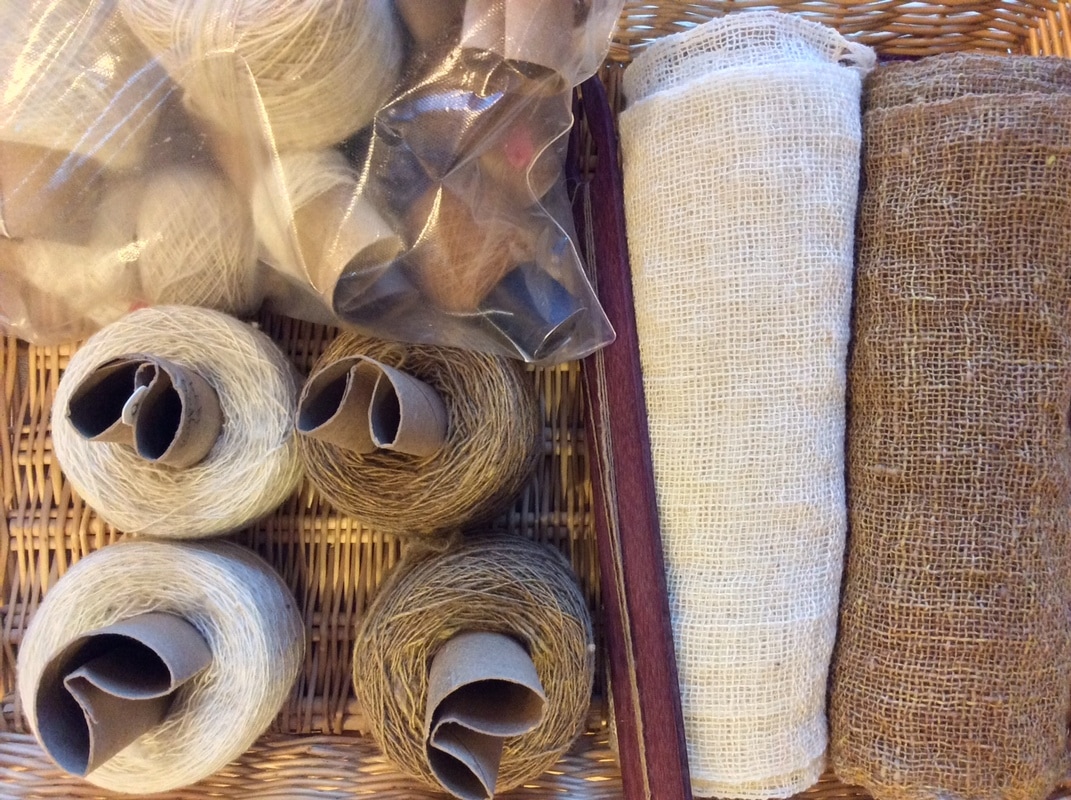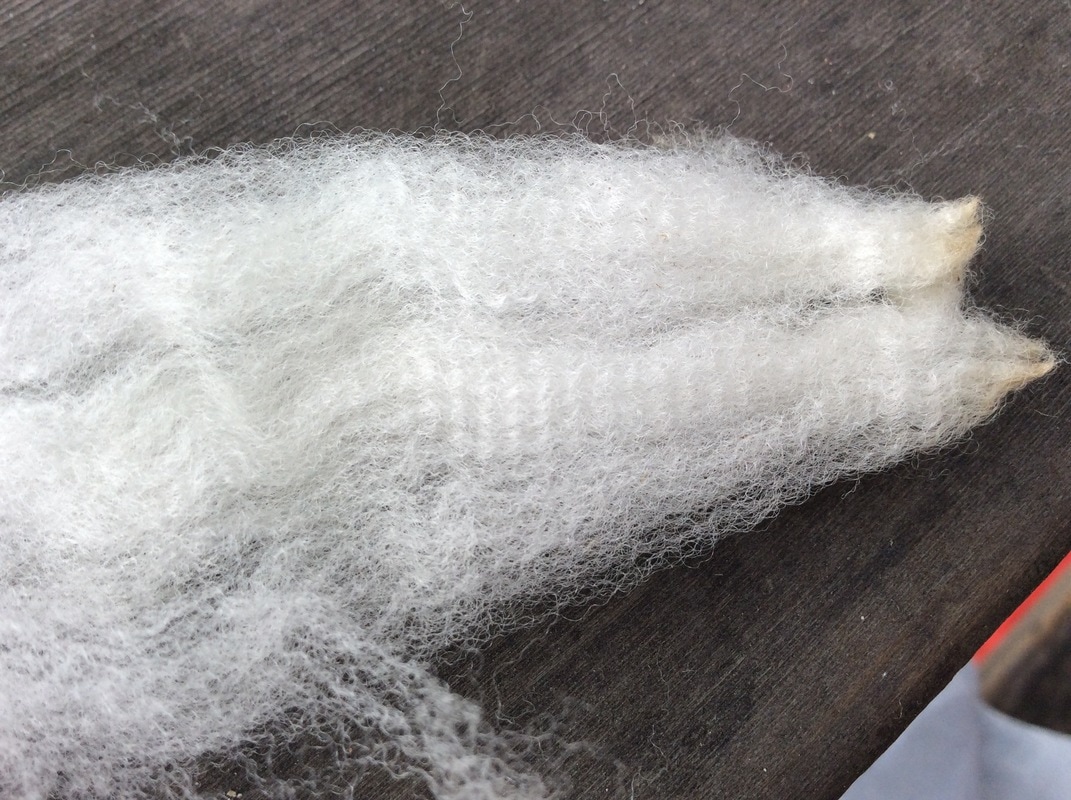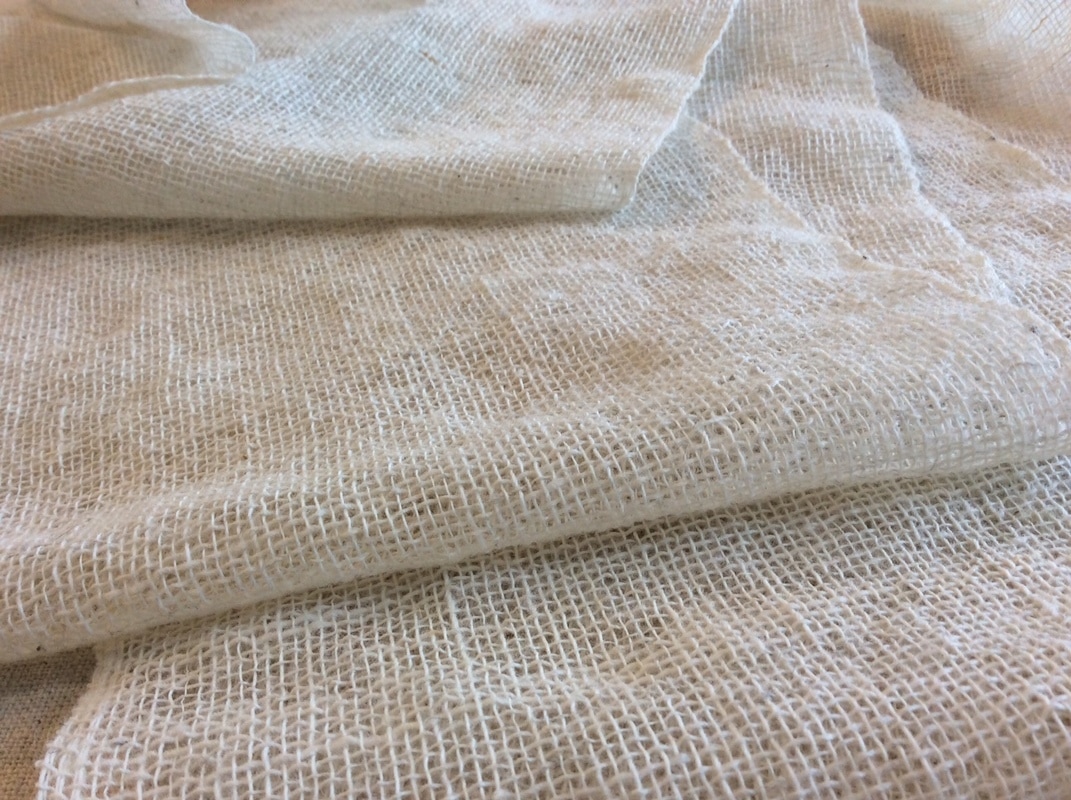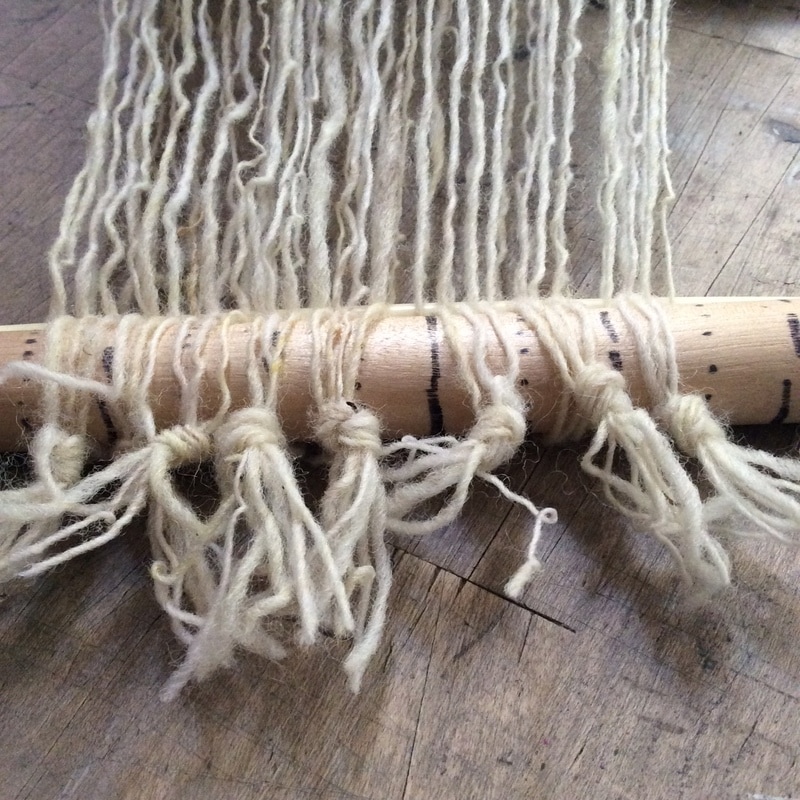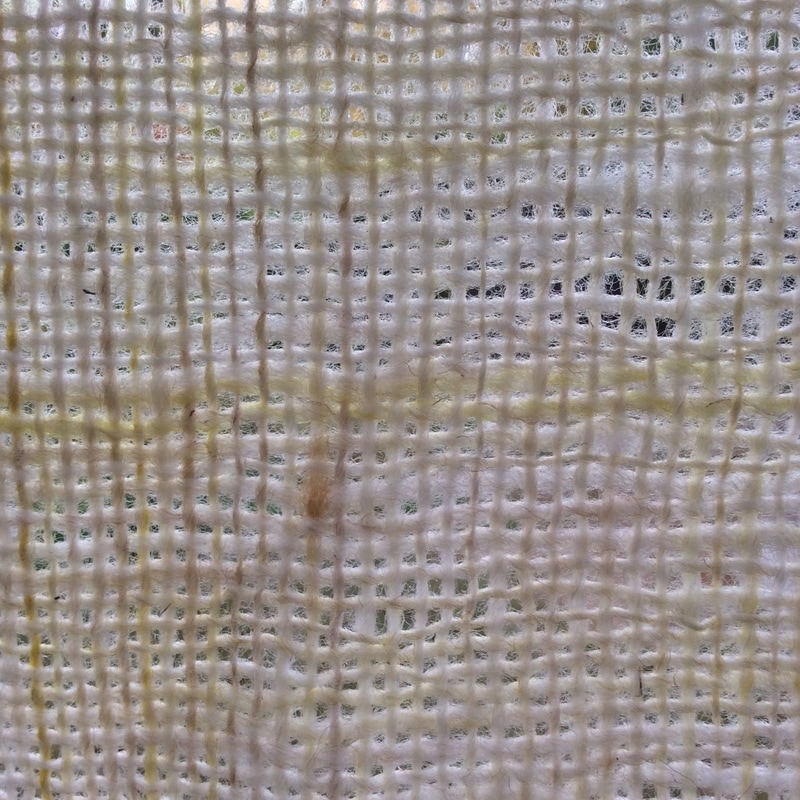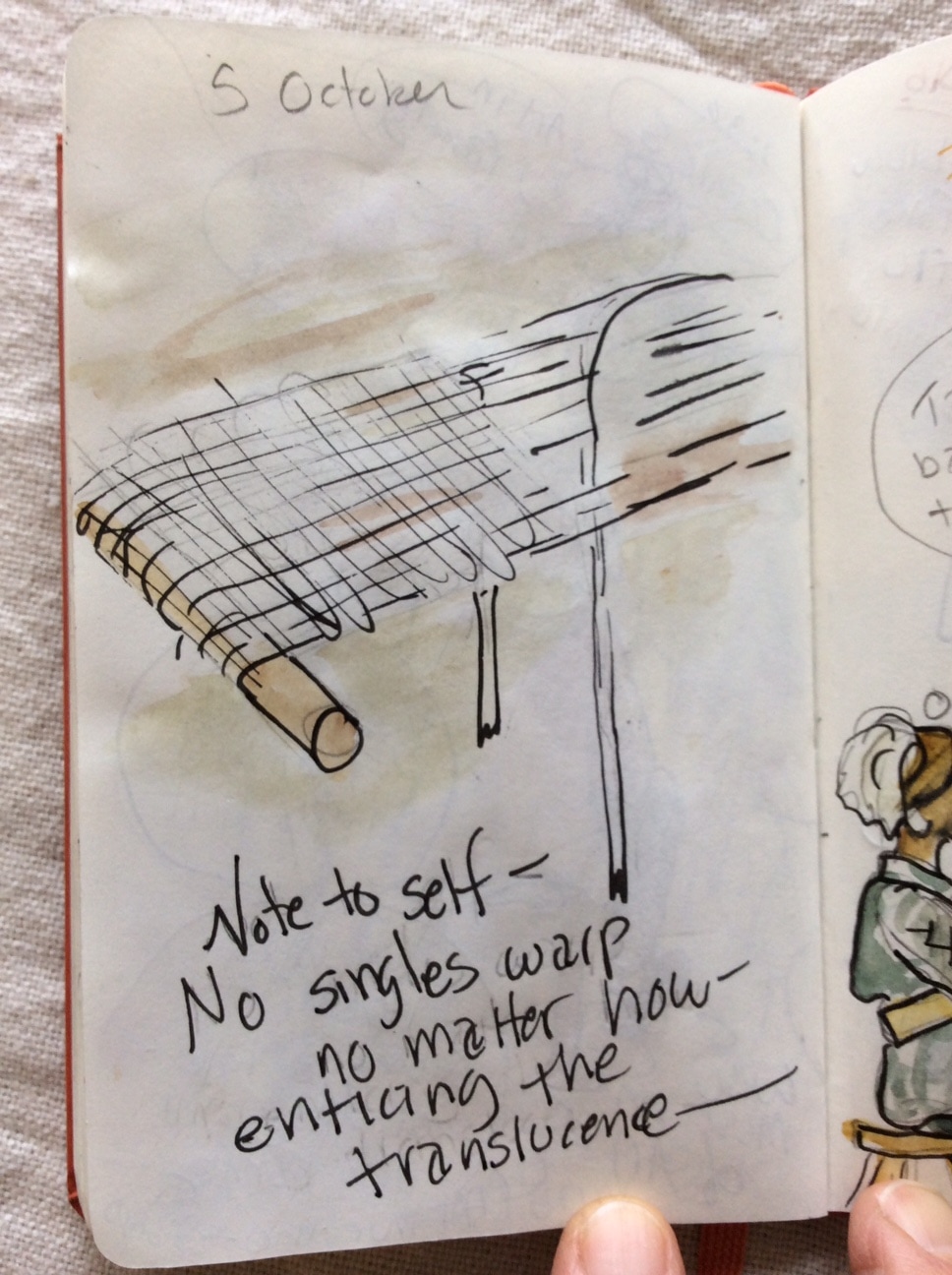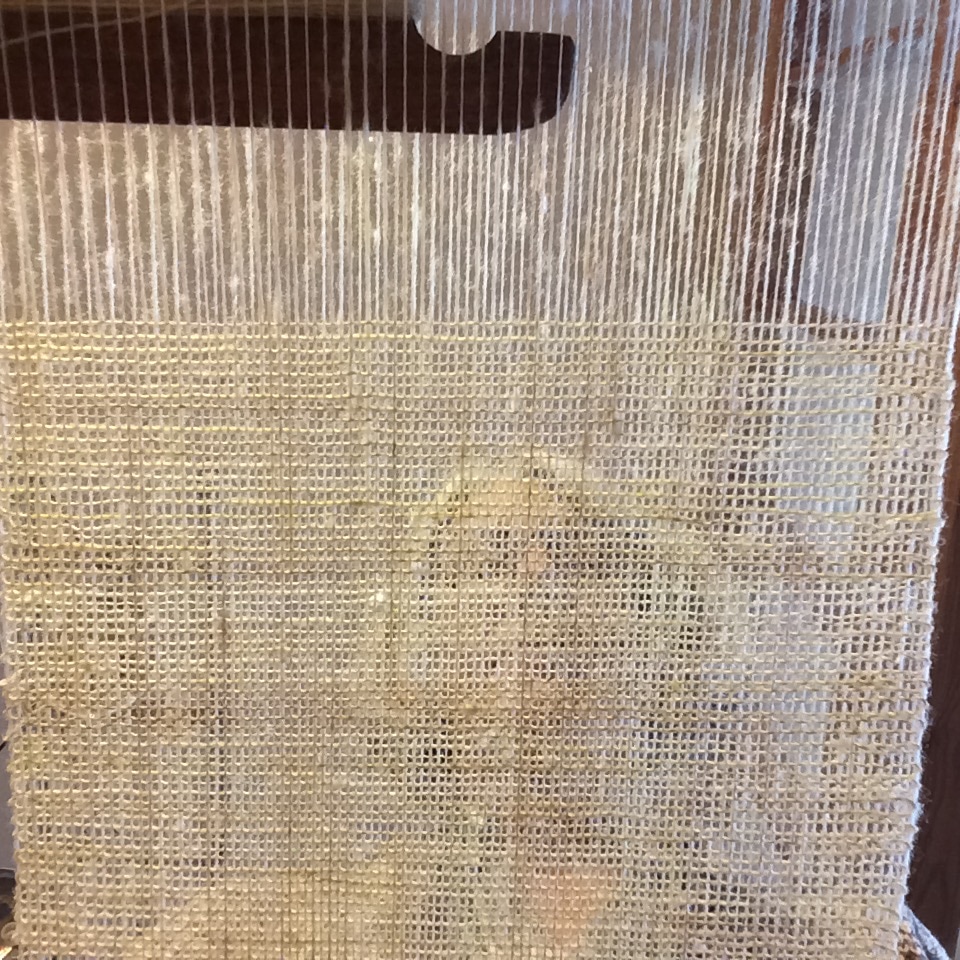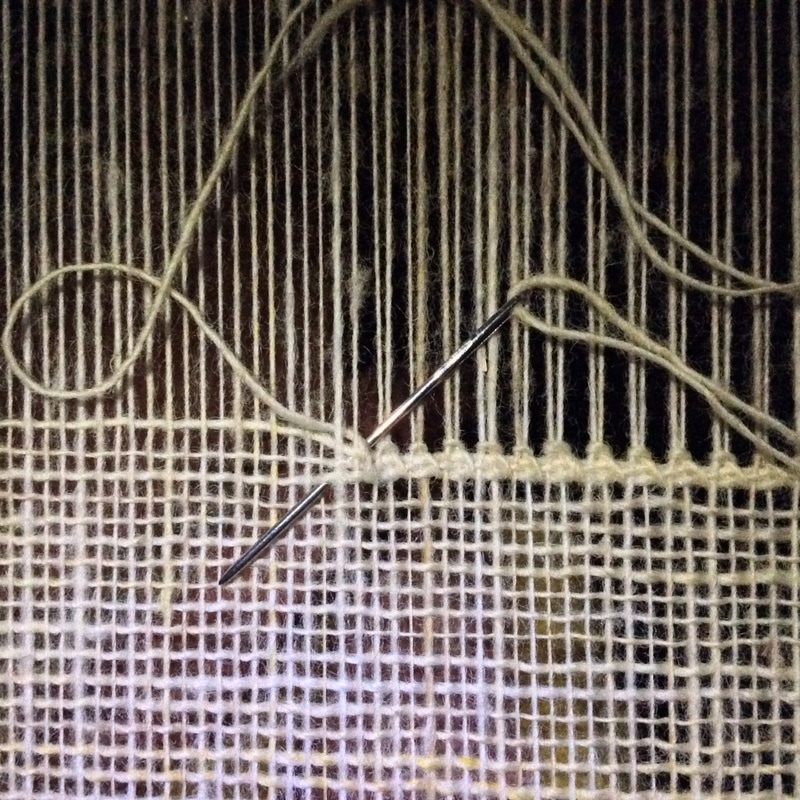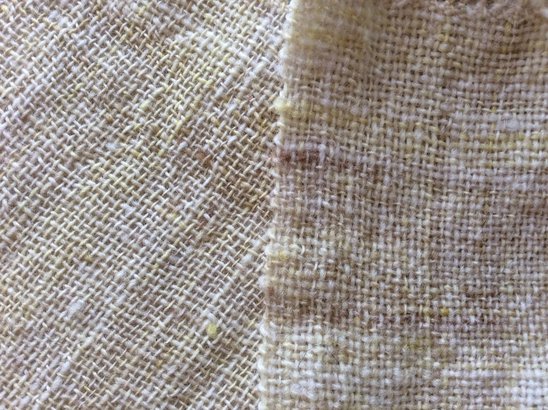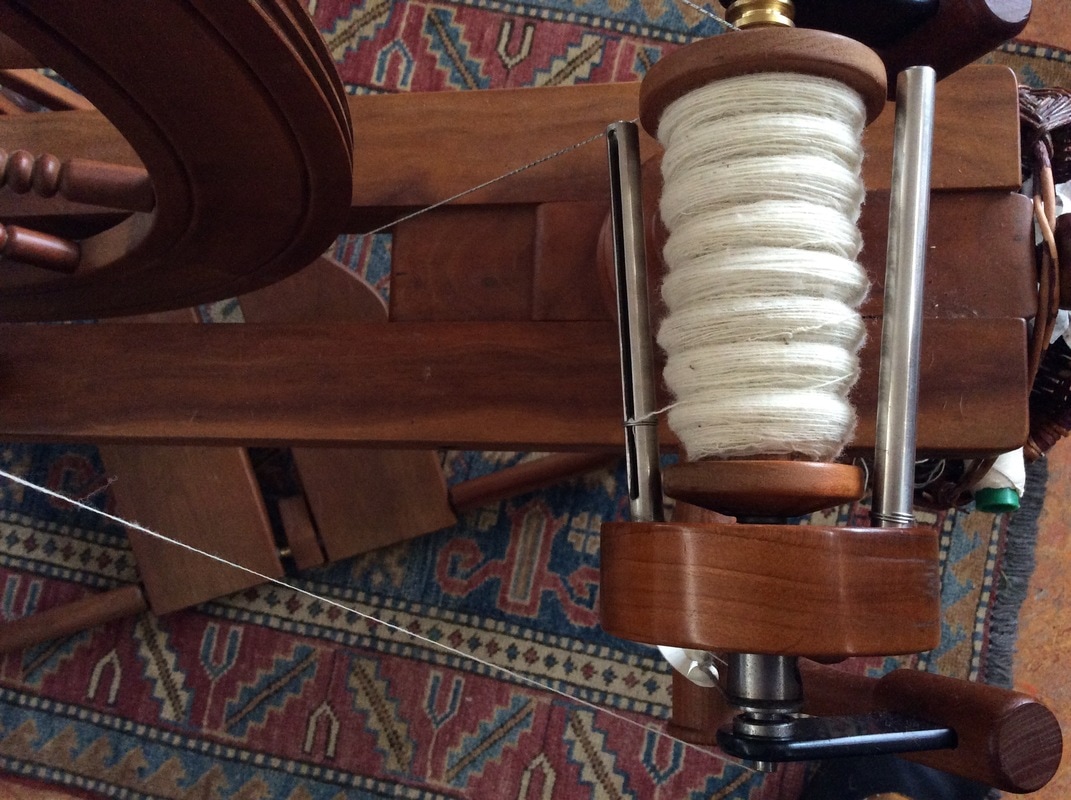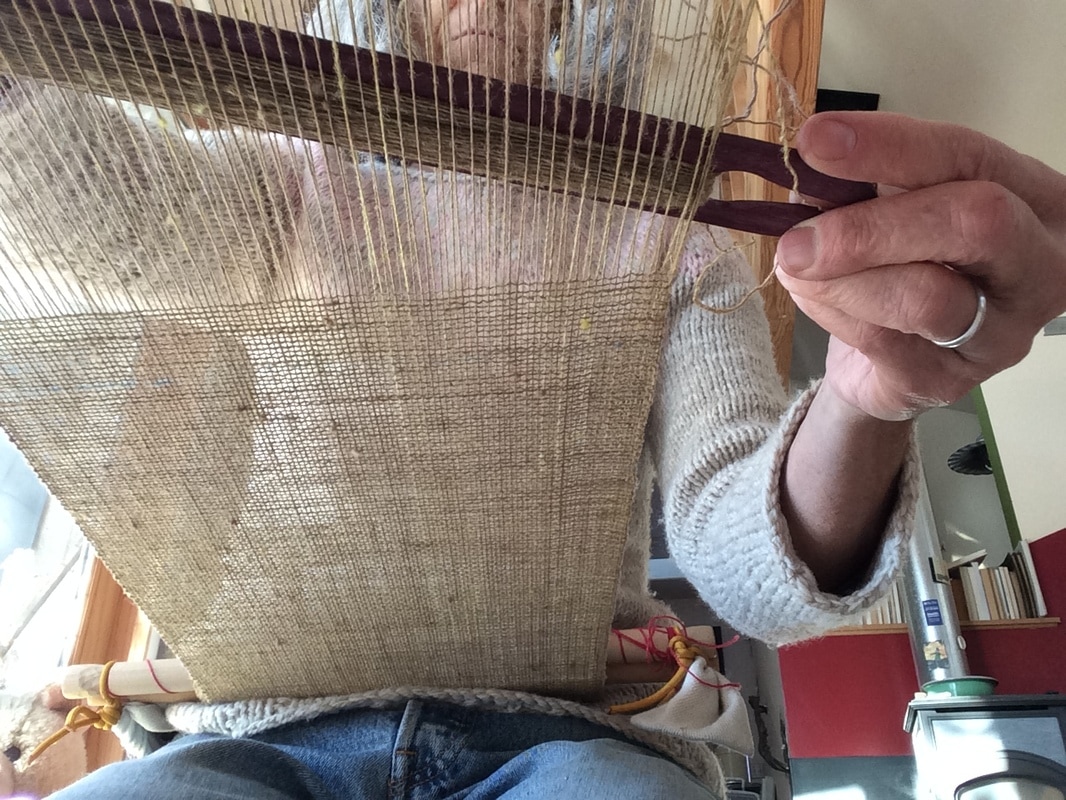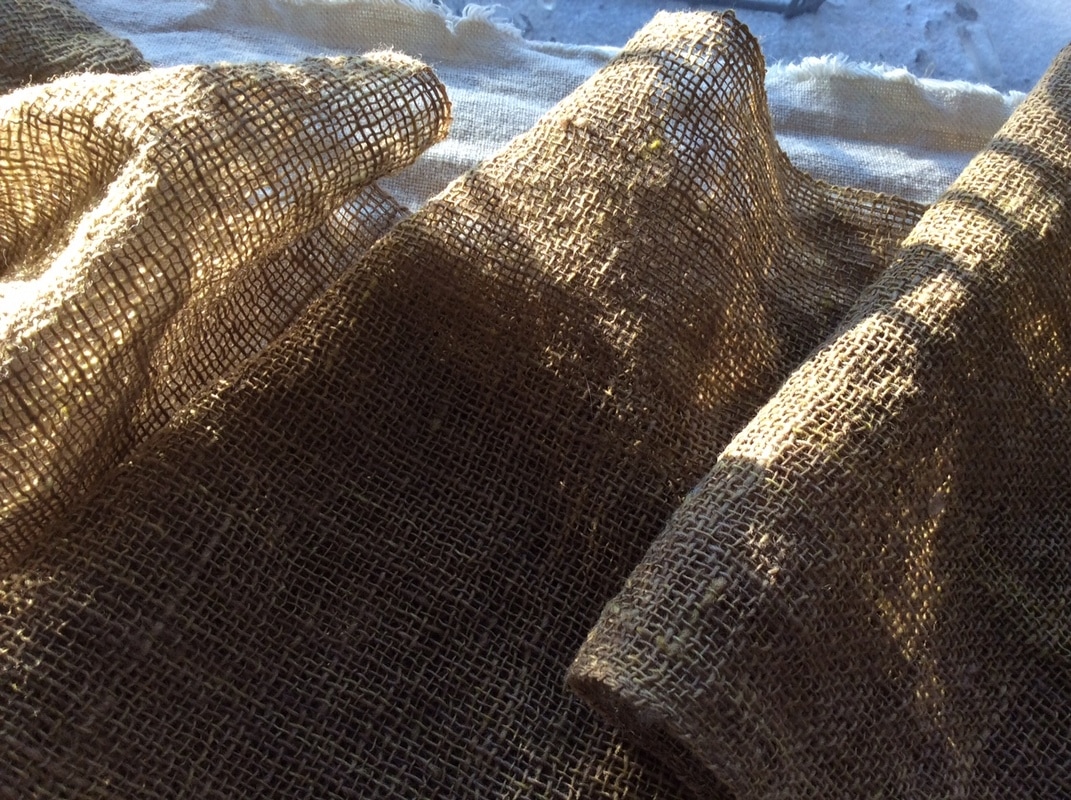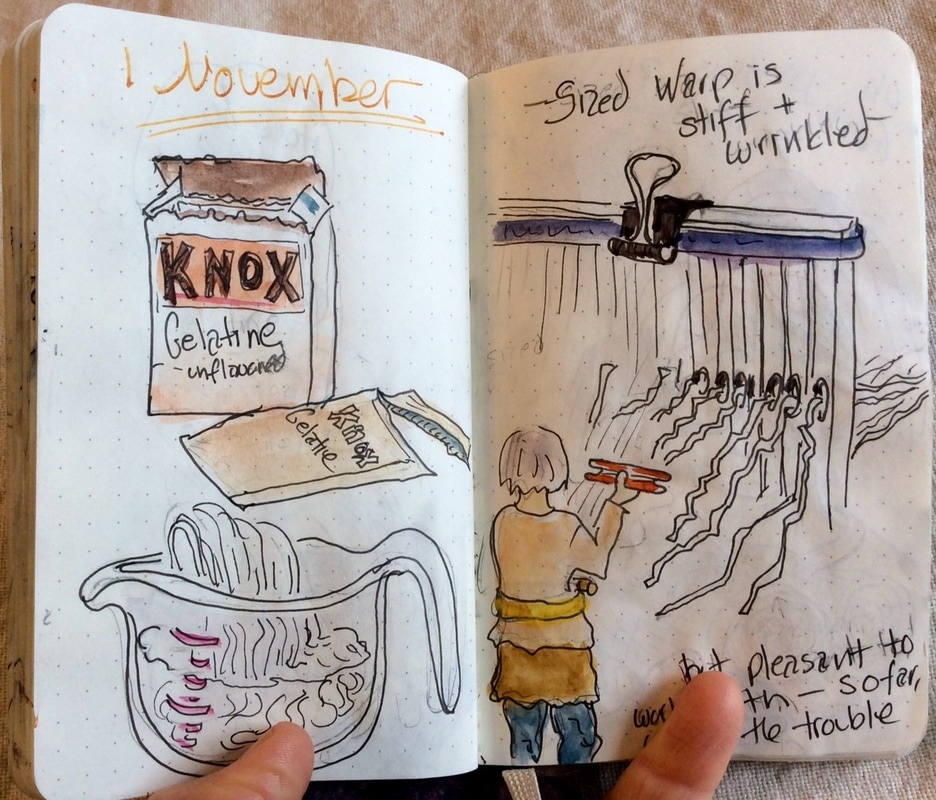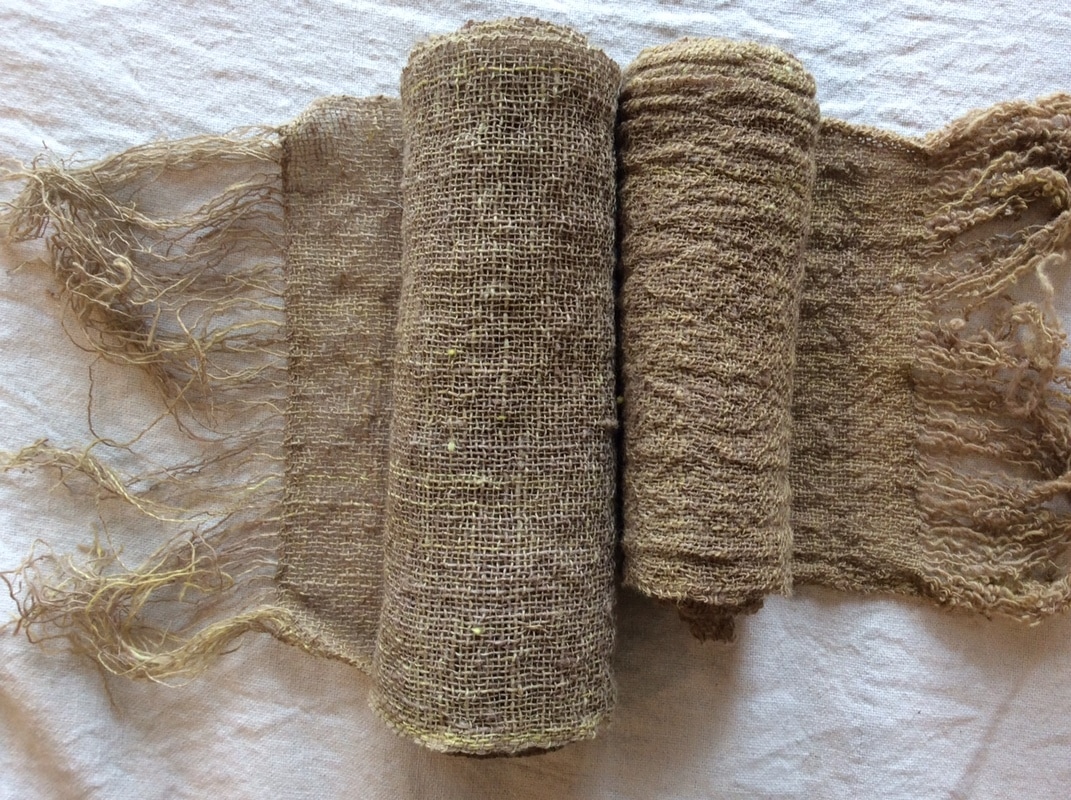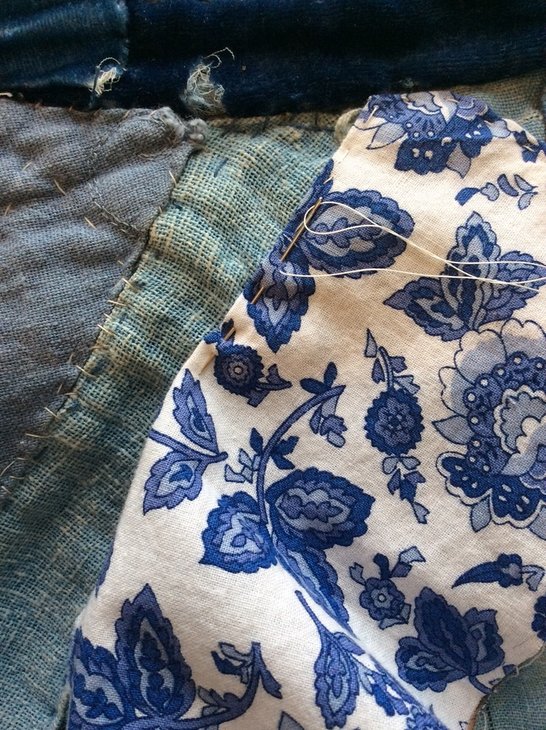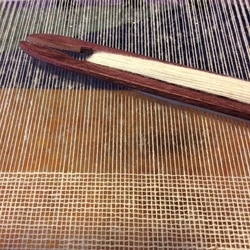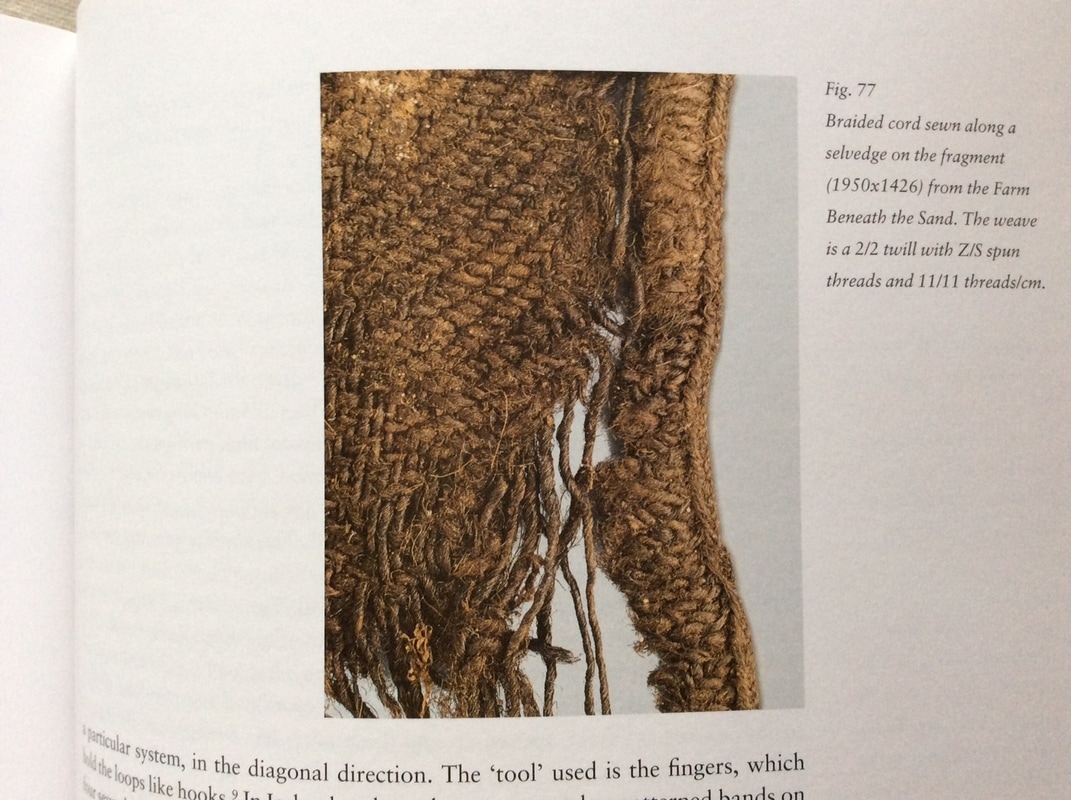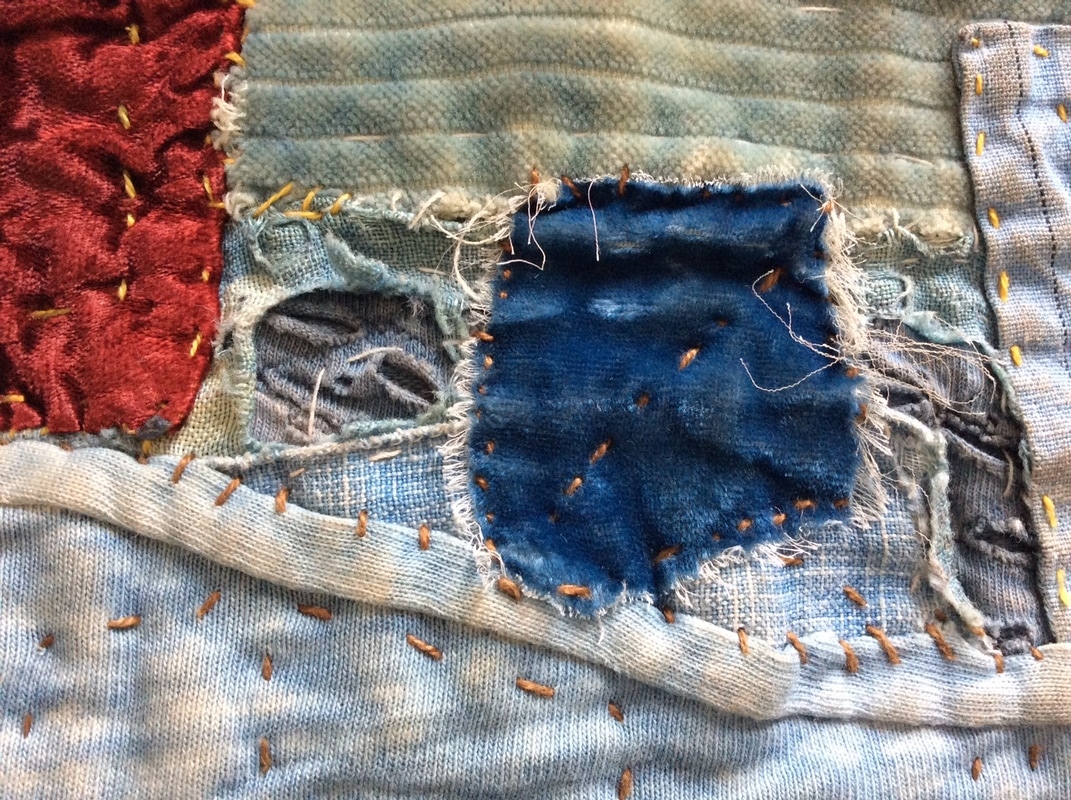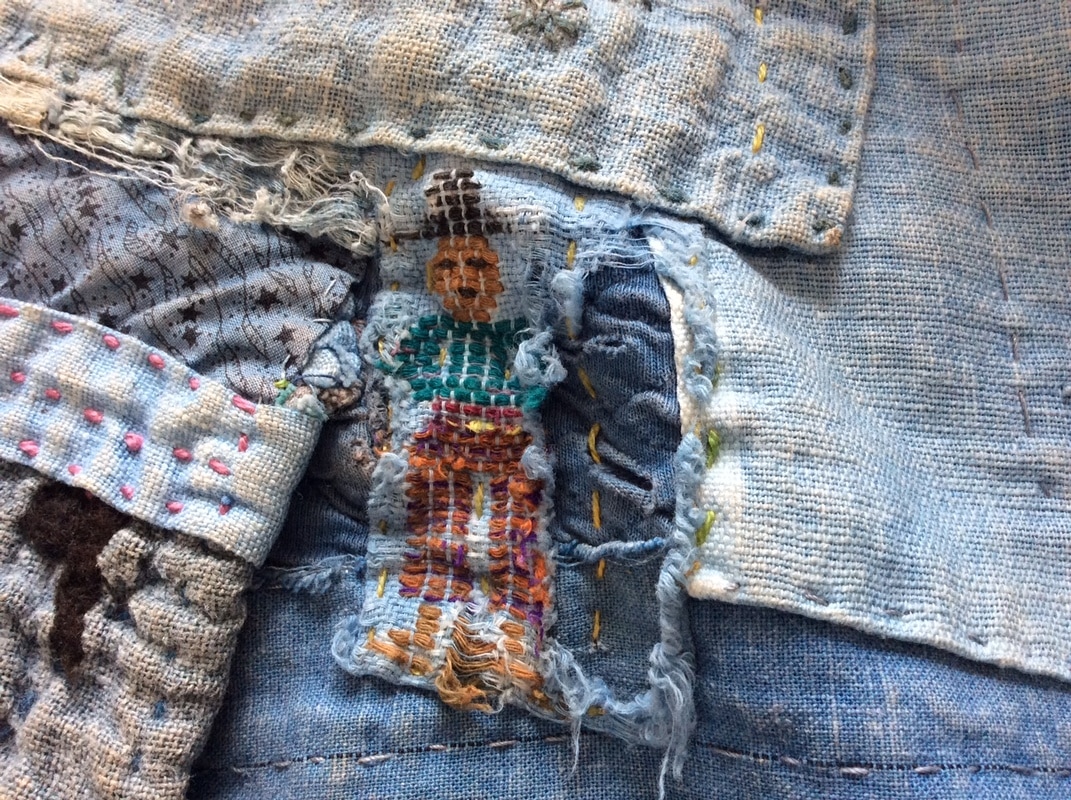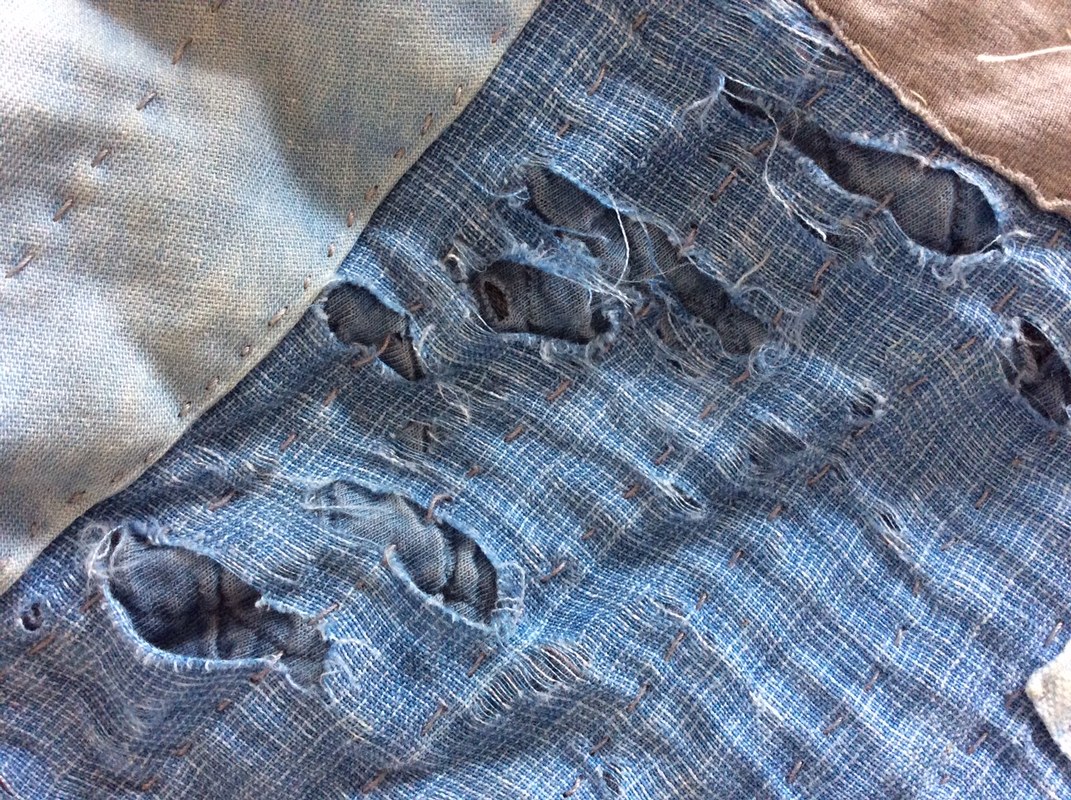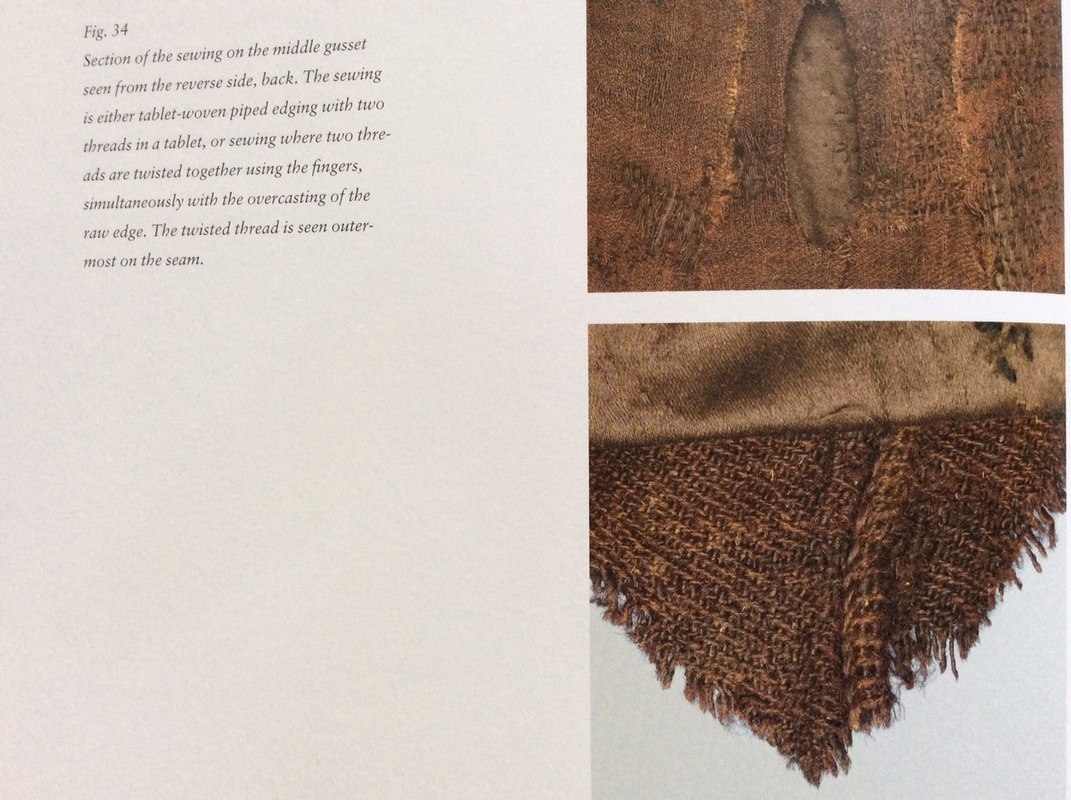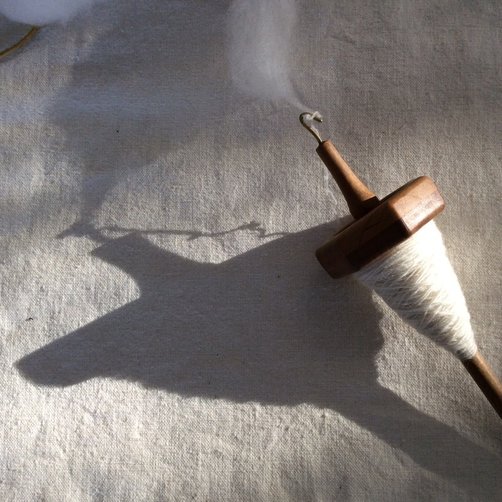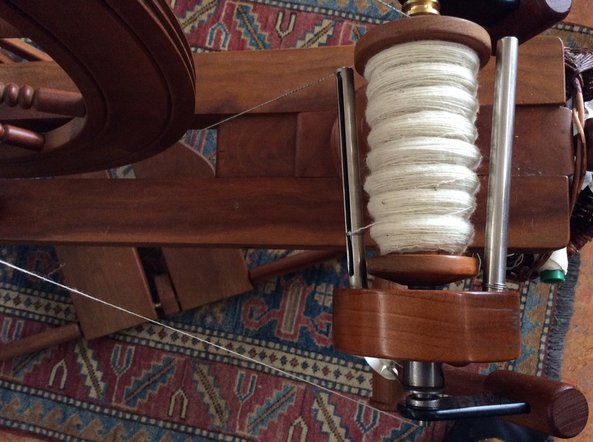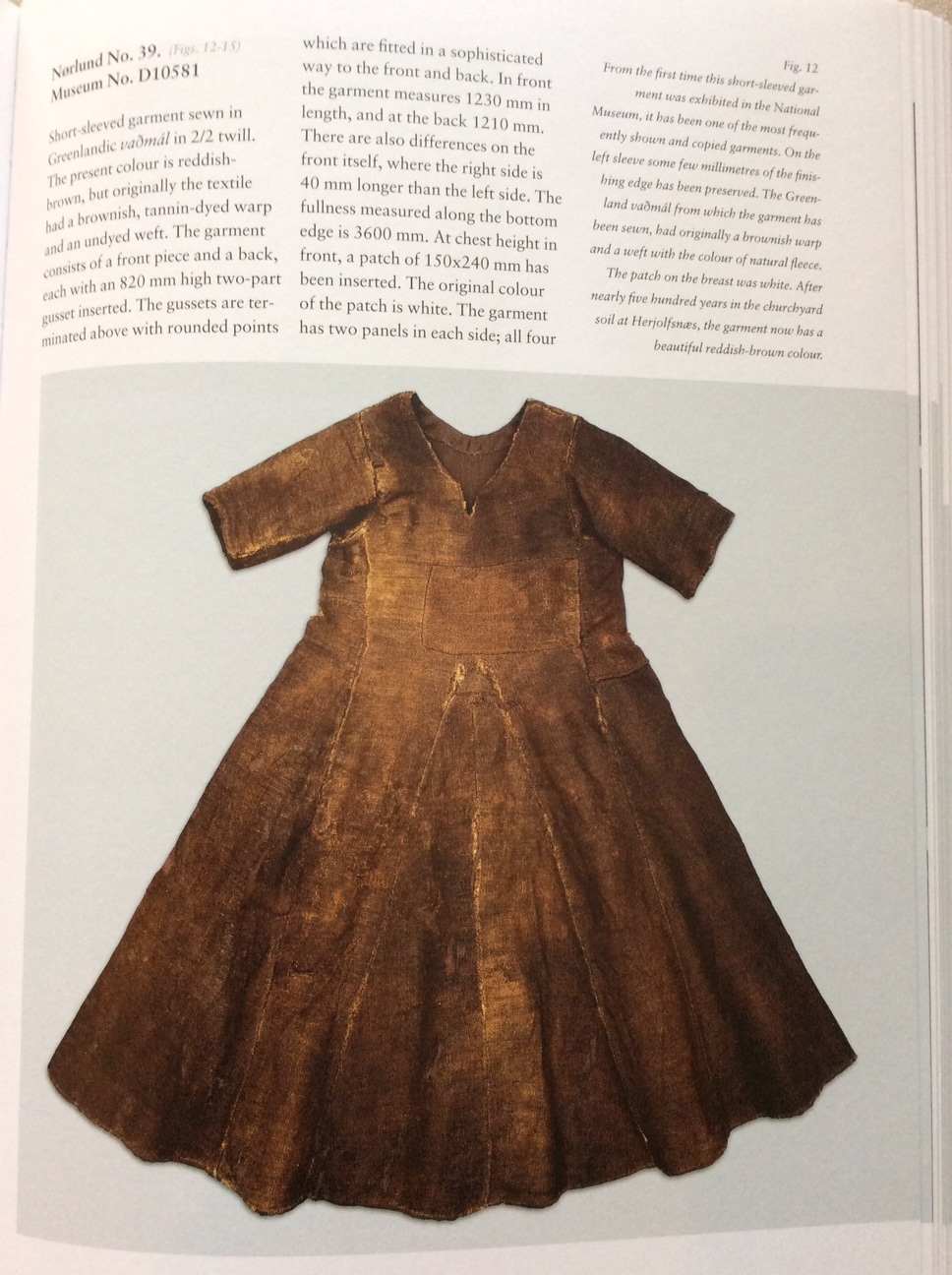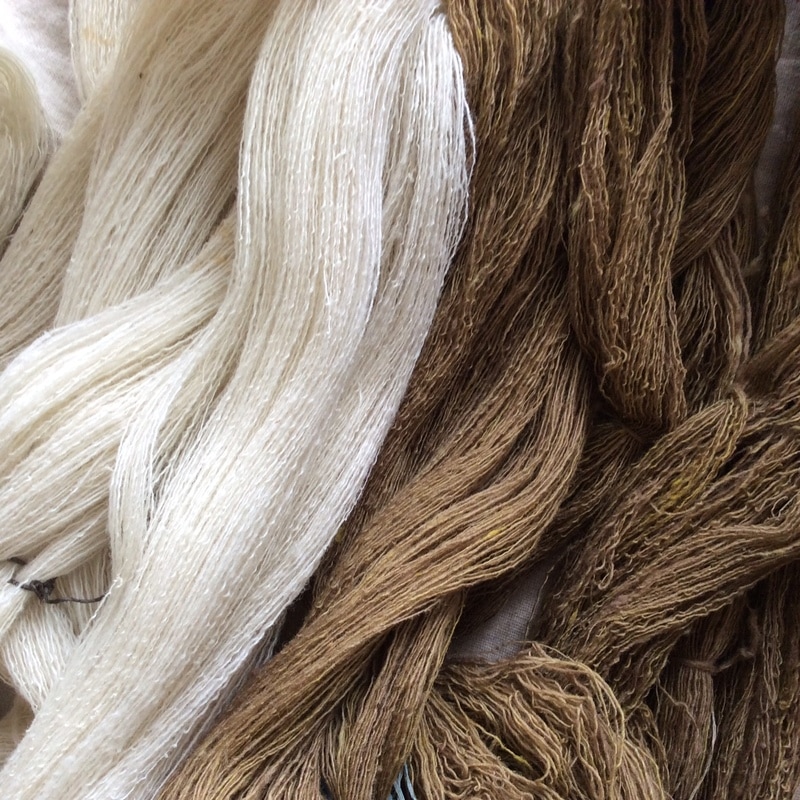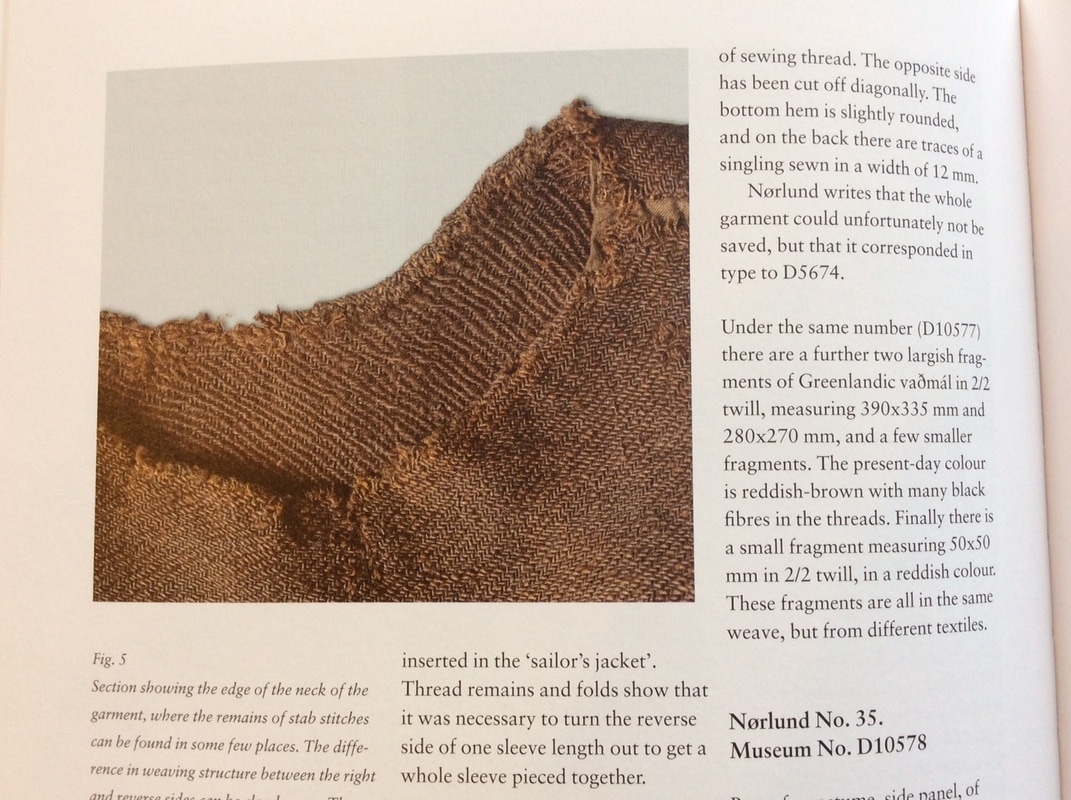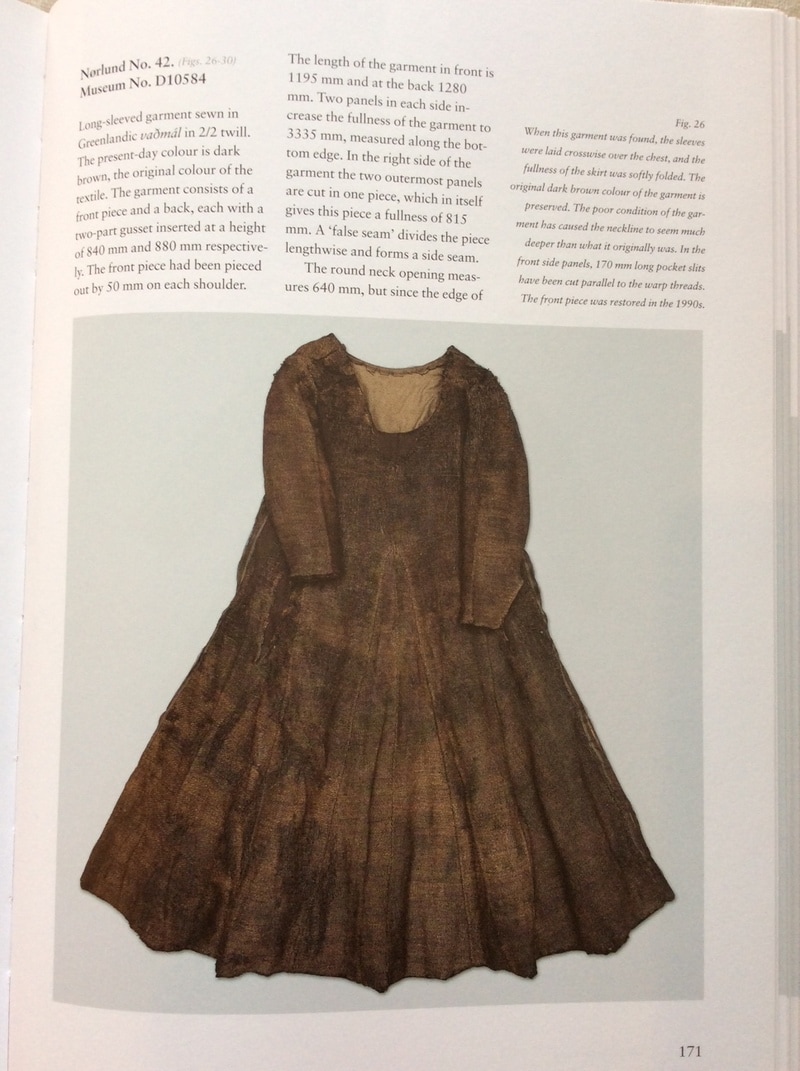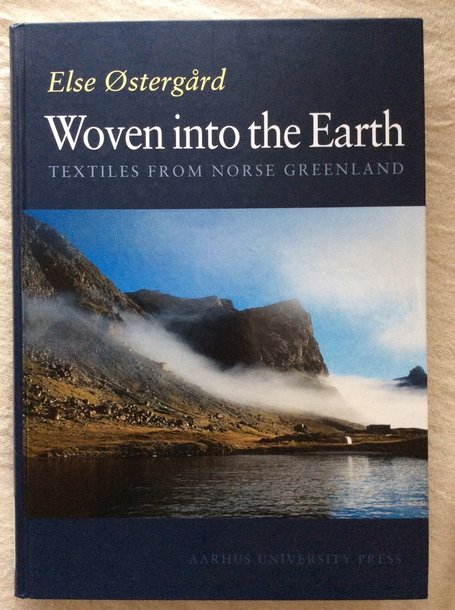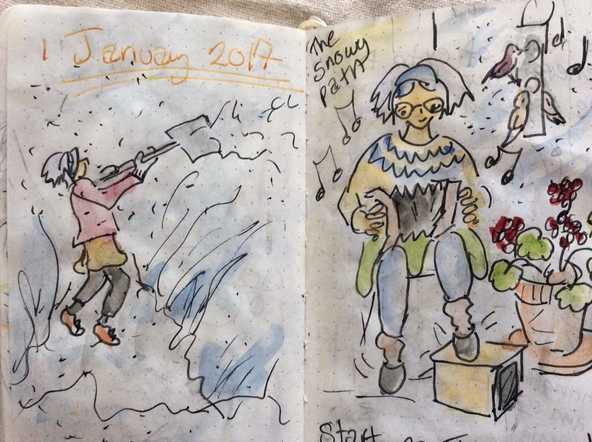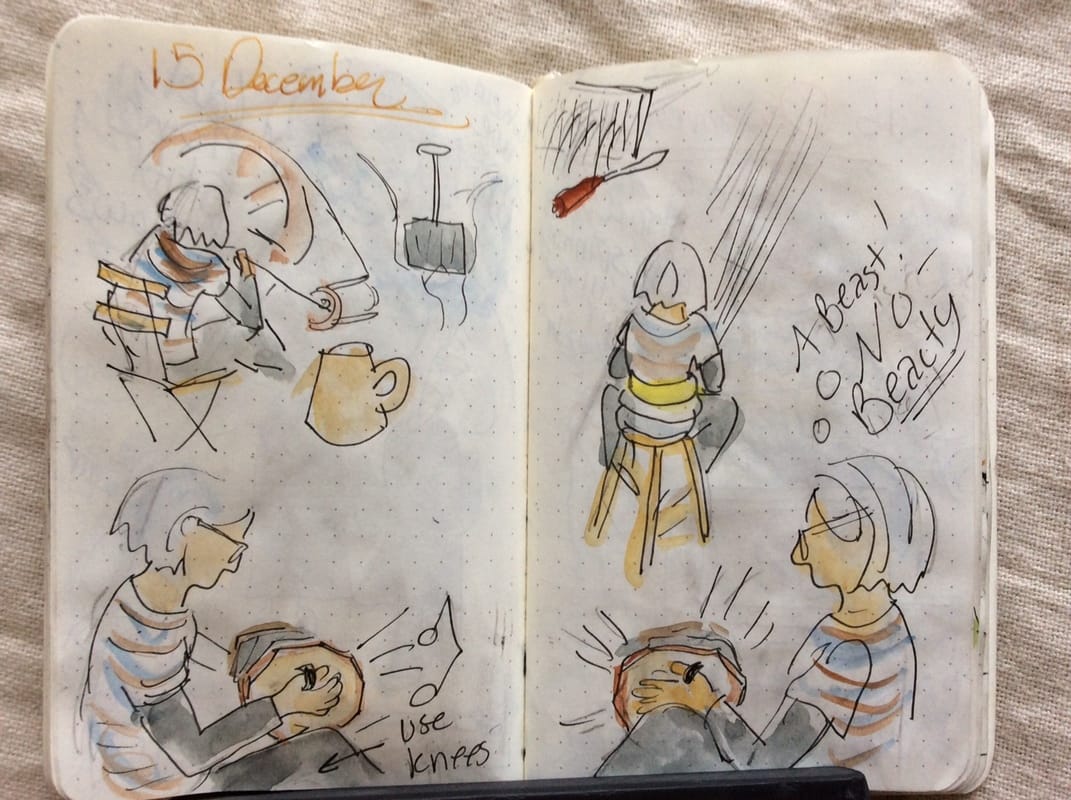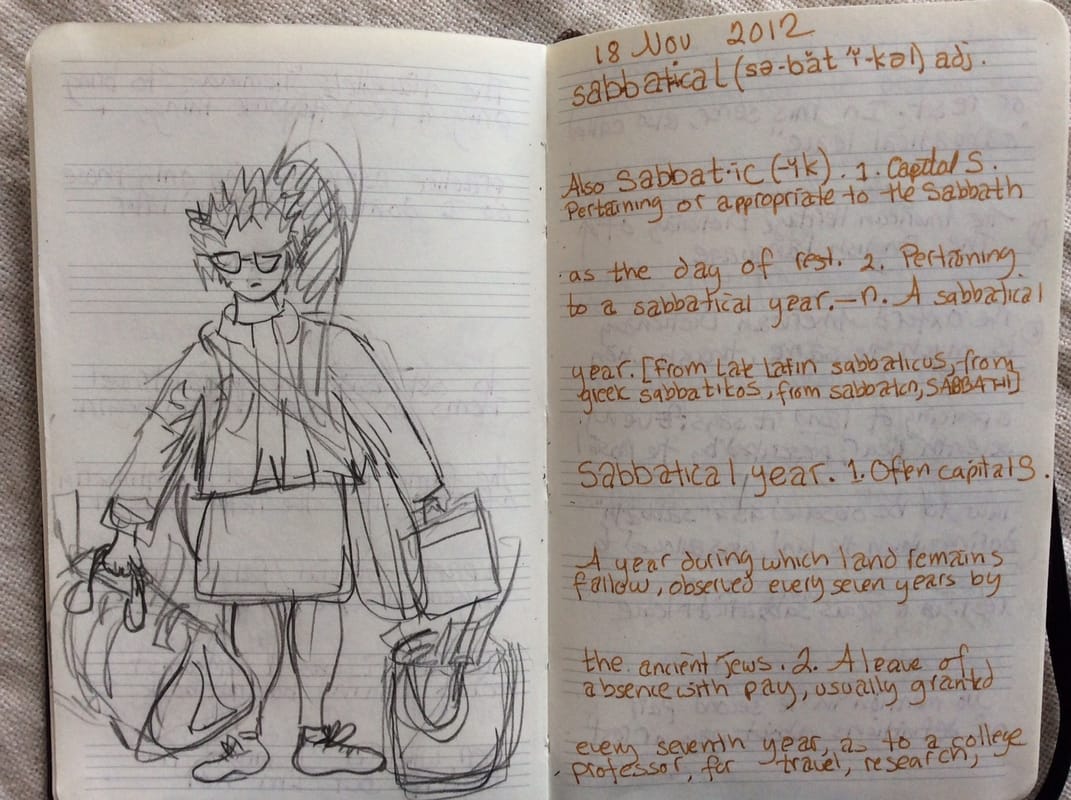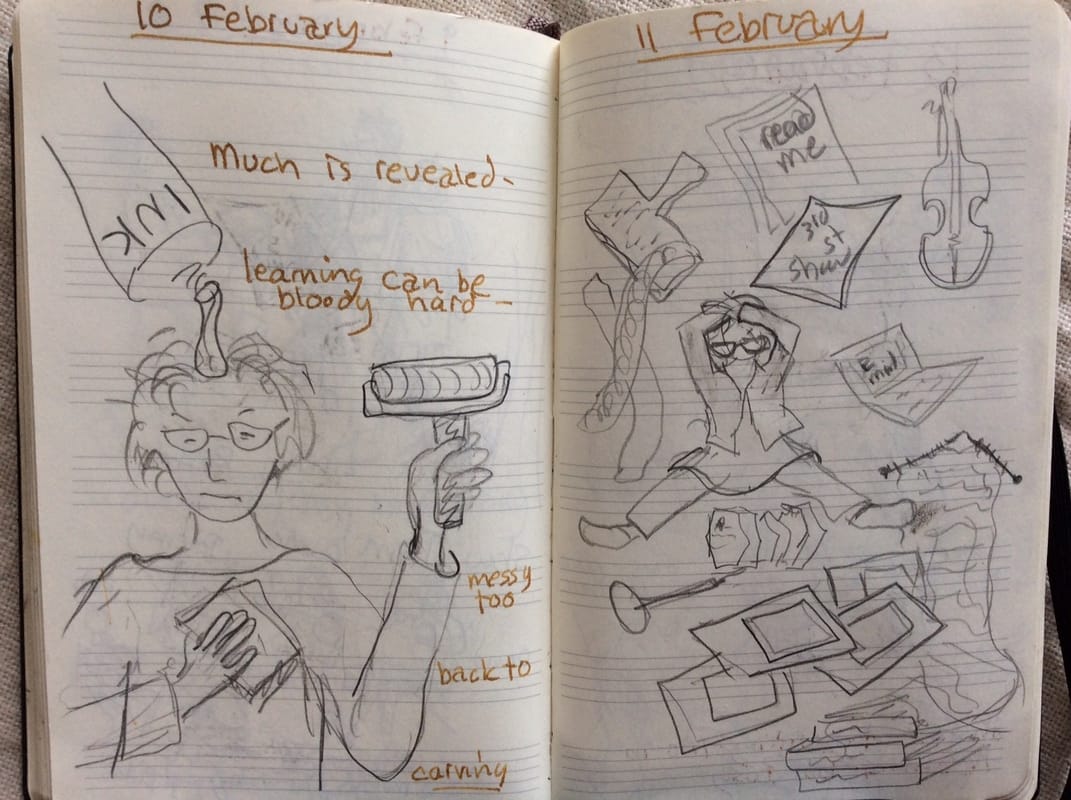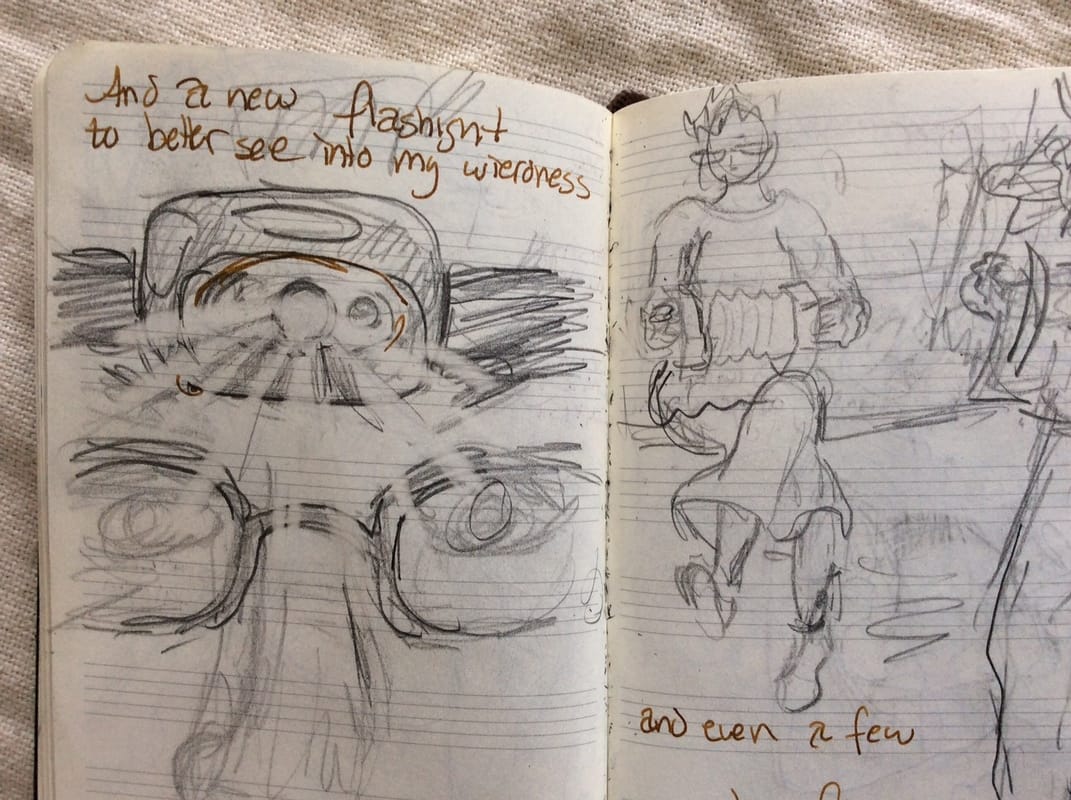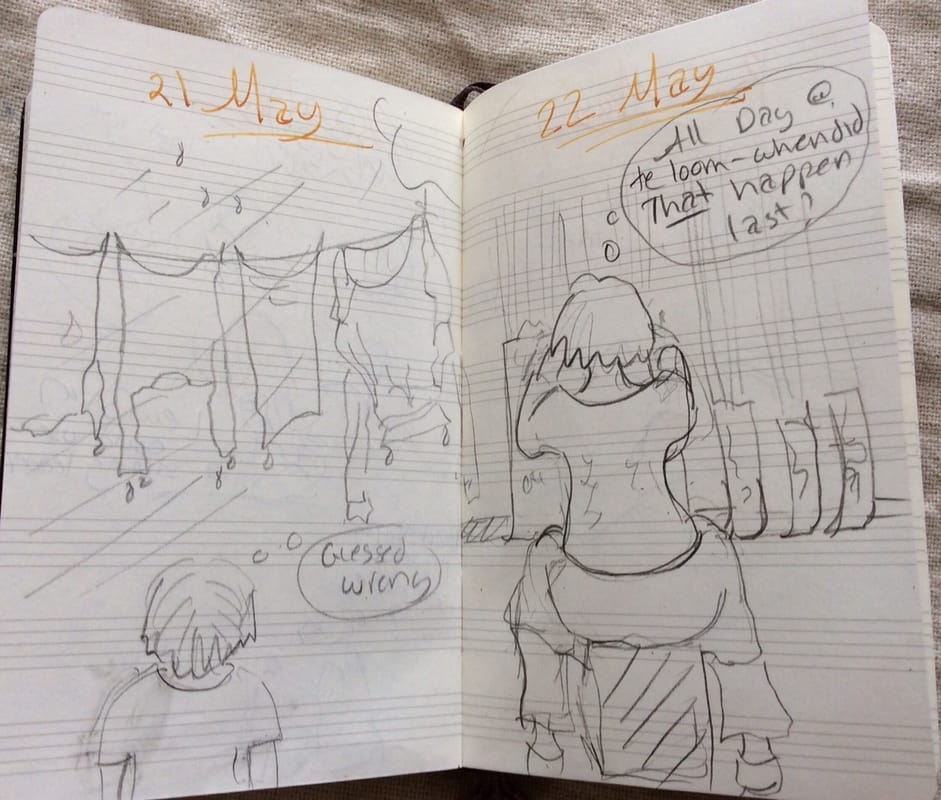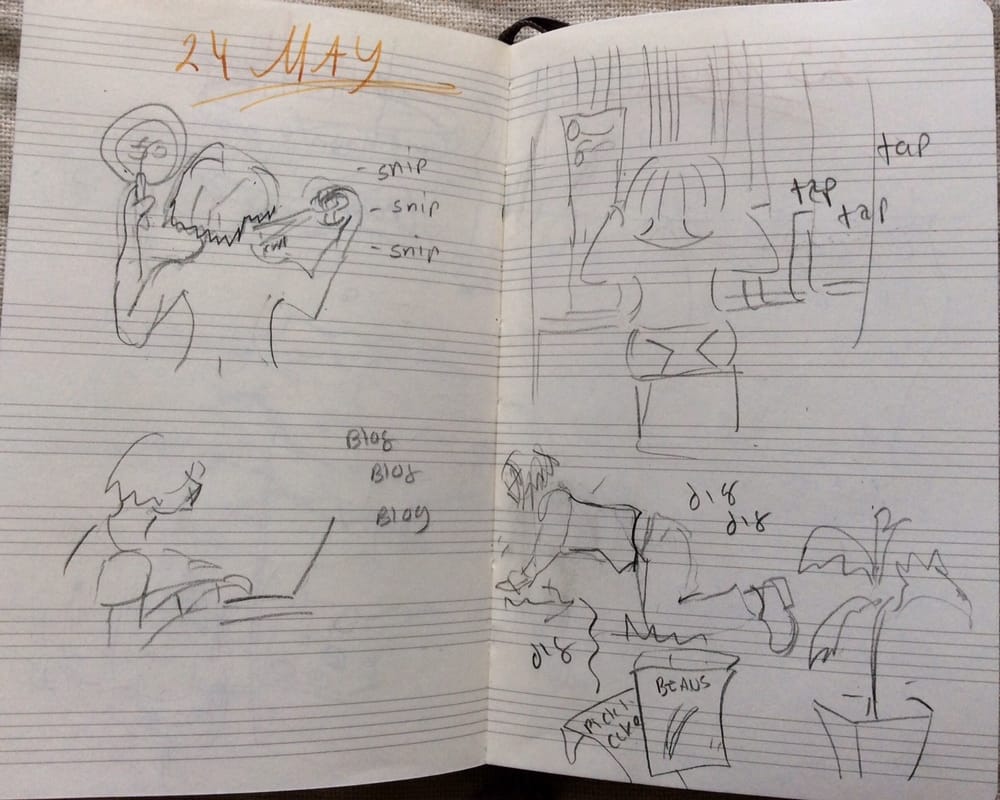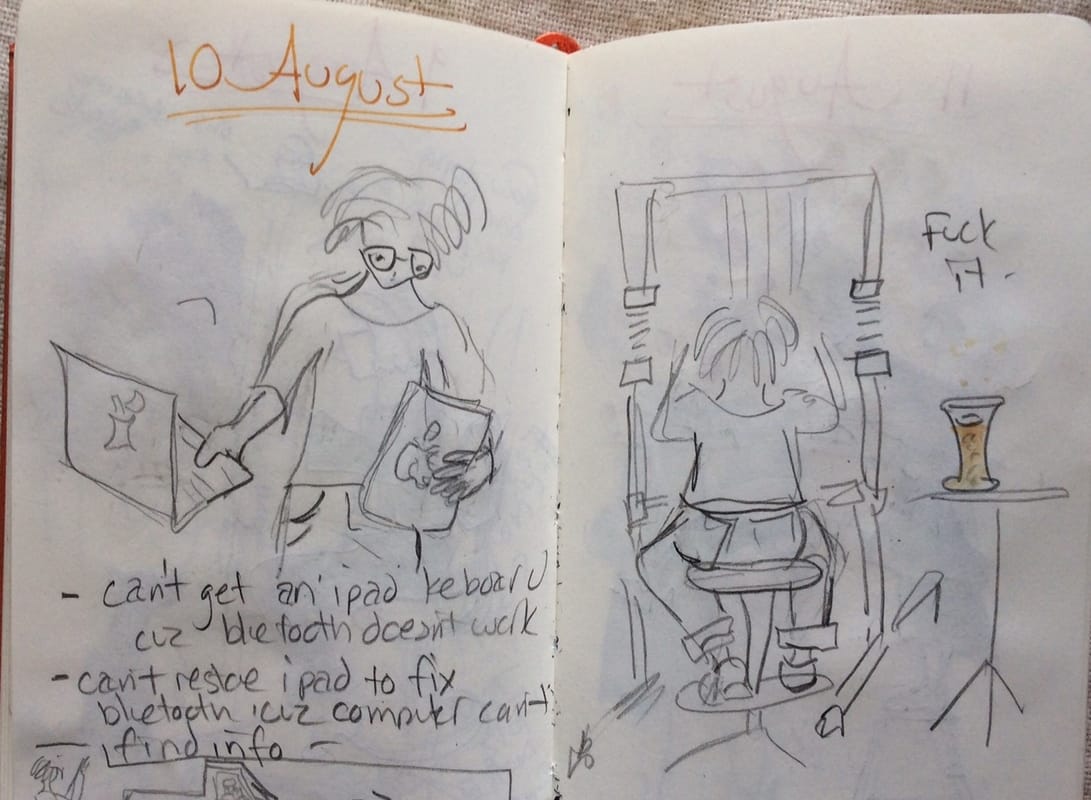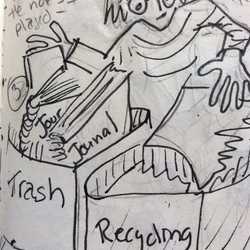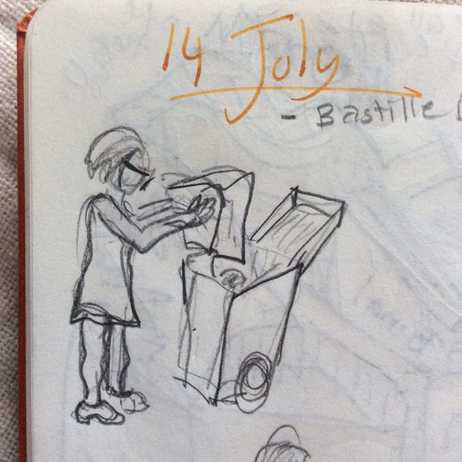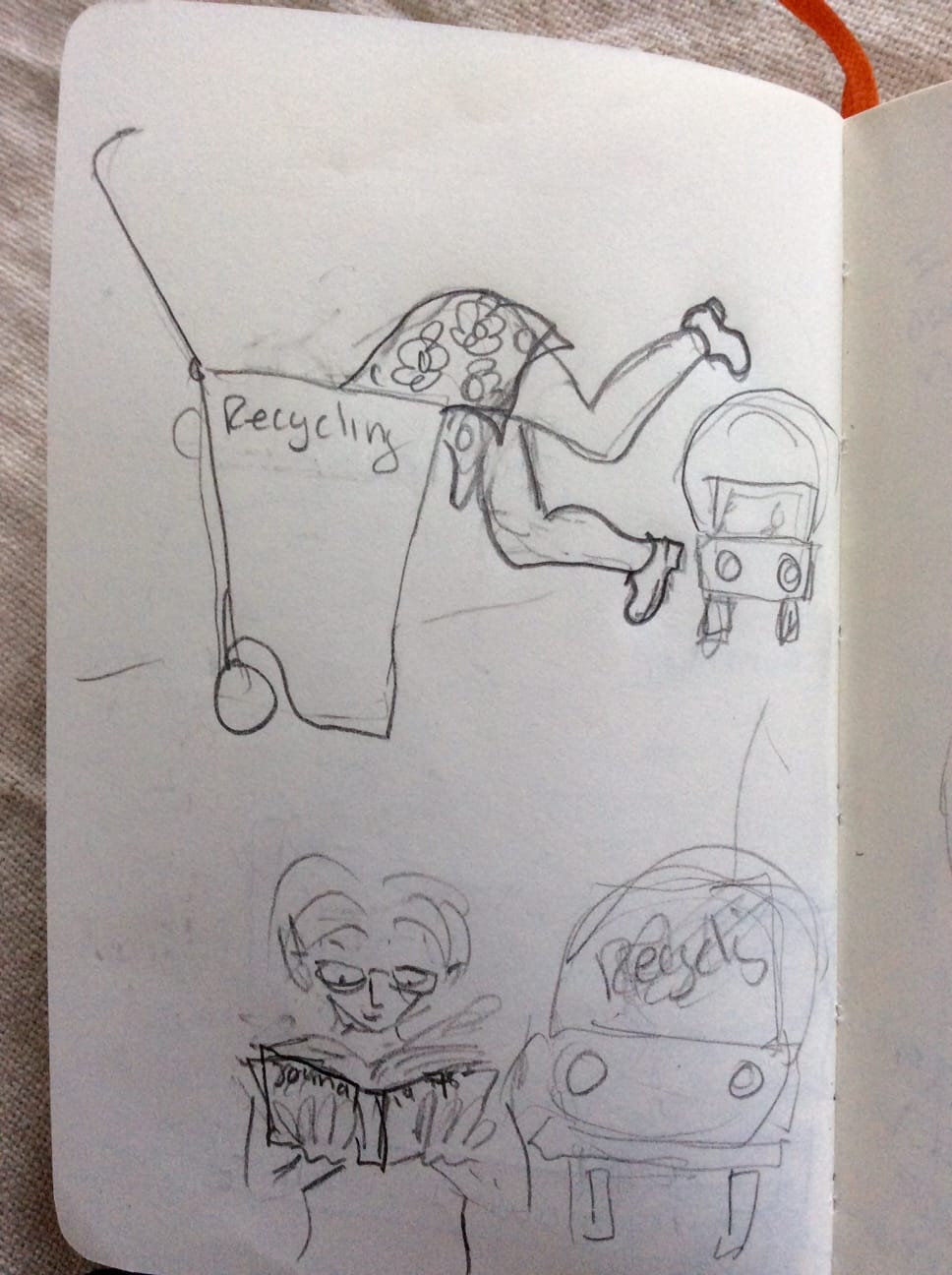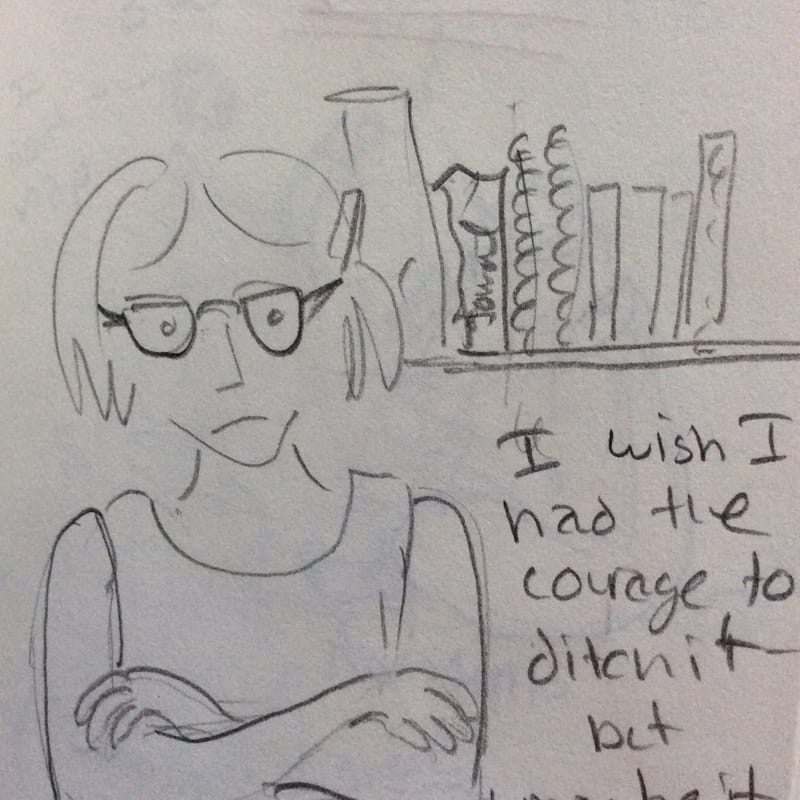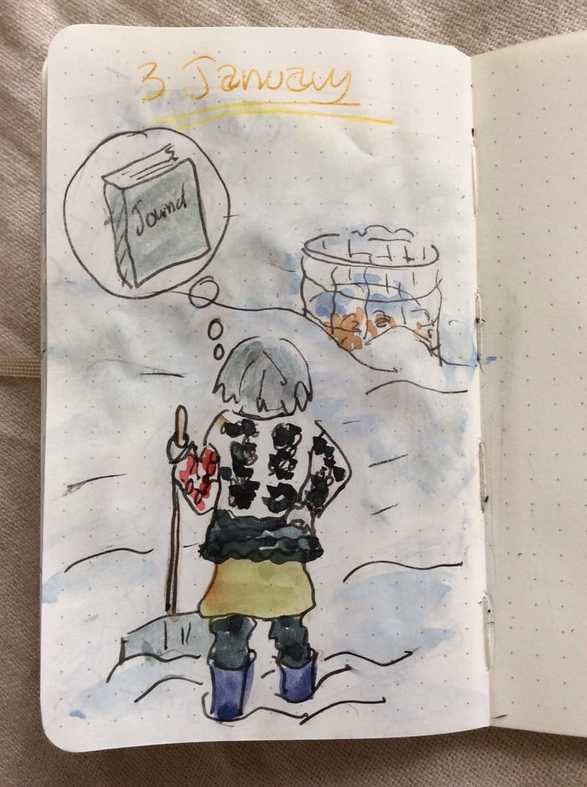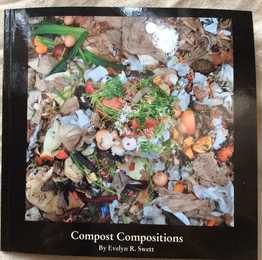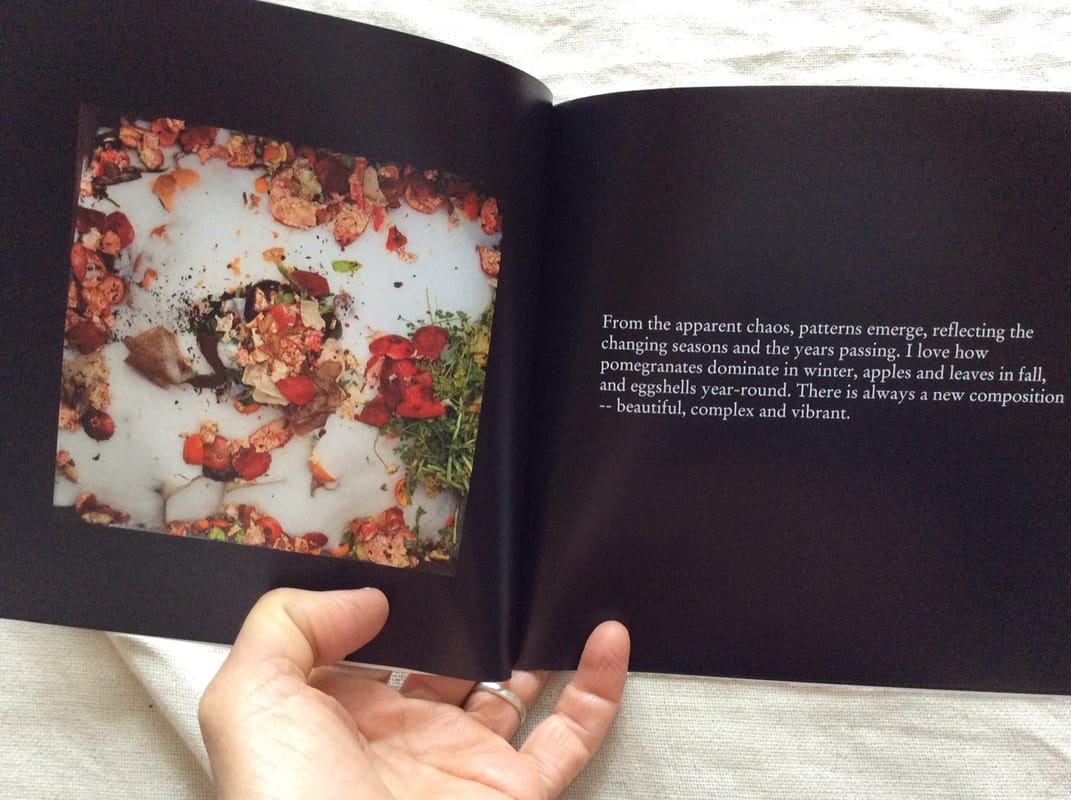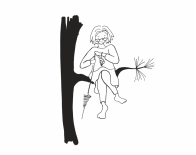I've been spinning wool
and weaving long narrow pieces of cloth.
in width, from 2 to 9 1/2 inches.
This body of work began with what I thought would be a fleeting desire to learn about weaving tapestry on a backstrap loom. Turned it it was the tapestry part that was fleeting, the loom part that stuck, and the practice evolving into making translucent cloth with fine hand spun singles,
settling into hours and hours and weeks and weeks of over under over under with nary an image or word to be found.
What was this about? Search me.
Once washed, each strip has been nestled among the others piling up in my cedar chest,
Out of sight out of mind. Mostly.
But when I say I had no particular goal in mind,
what I really mean is that I have had about a thousand different ideas about what to do with this fabric --and as long as I was just making and collecting, all were still possible.
since I still don't really know how I am going to hang/ display/ share this body of work,
but as I am scheduled to have a show at the Latimer Quilt and Textile Center in Tillamook, OR in July/August 2017, displayed they will be.
Talking about, much less writing down ideas before they exist in the physical world
is a sure way to flatten them before their time.
And so much is still unclear.
and took the next step.
PS -- And speaking of Exhibitions, I am proud that a collection of my tapestries (mostly the Rough Copy series)-- will be displayed in LaConner WA at what is now called The Pacific Northwest Quilt and Fiber Art Musum (Formerly LaConner Quilt and Textile Museum), from May - July 2017
It is very exciting to have work in two such wonderful Northwest textile centers,
if a teensy bit scary as they overlap by a month (July 2017), which means there needs to be entirely different work at each place.
YOWZA. Back to it.
xoxox to all.

